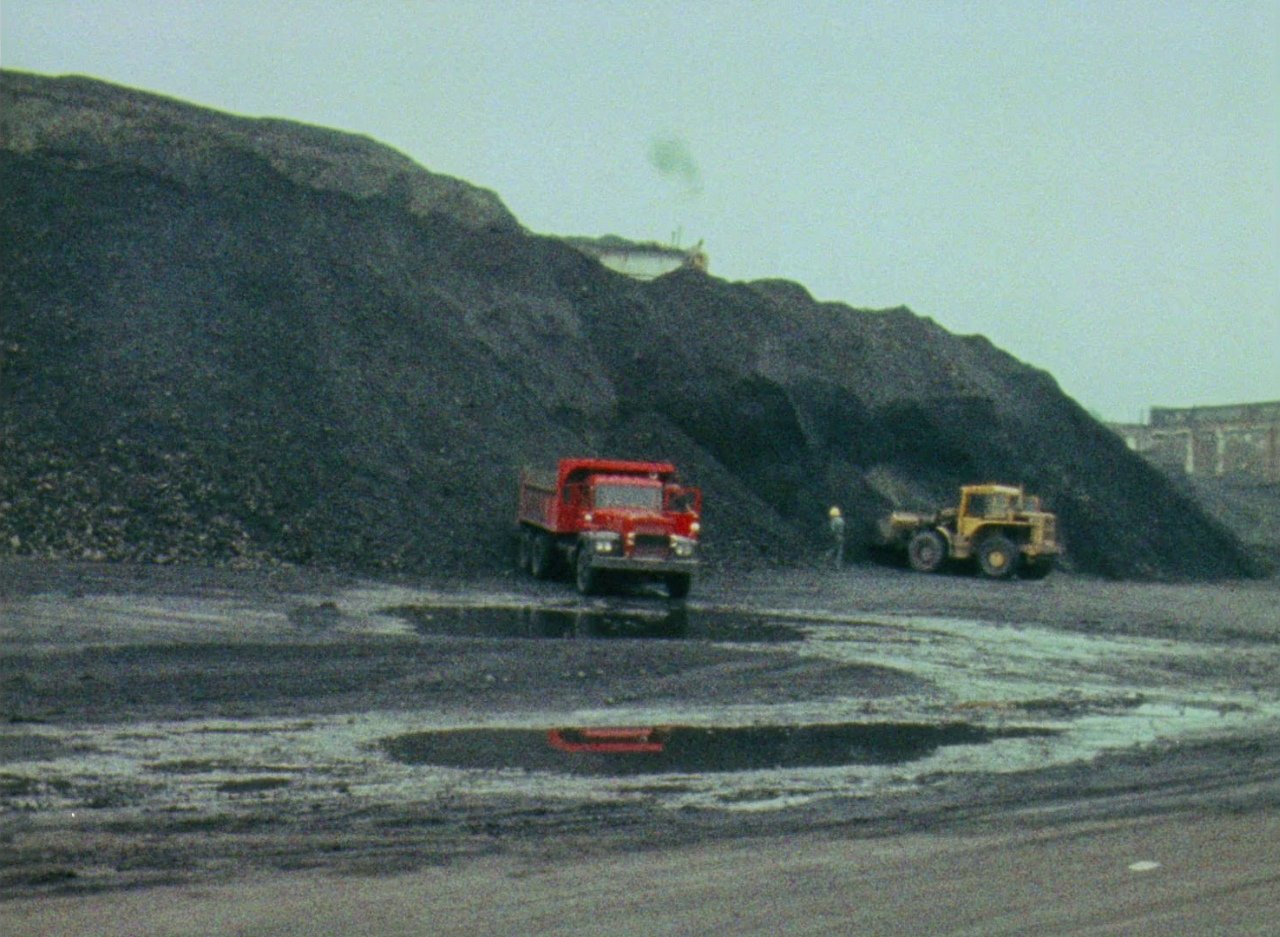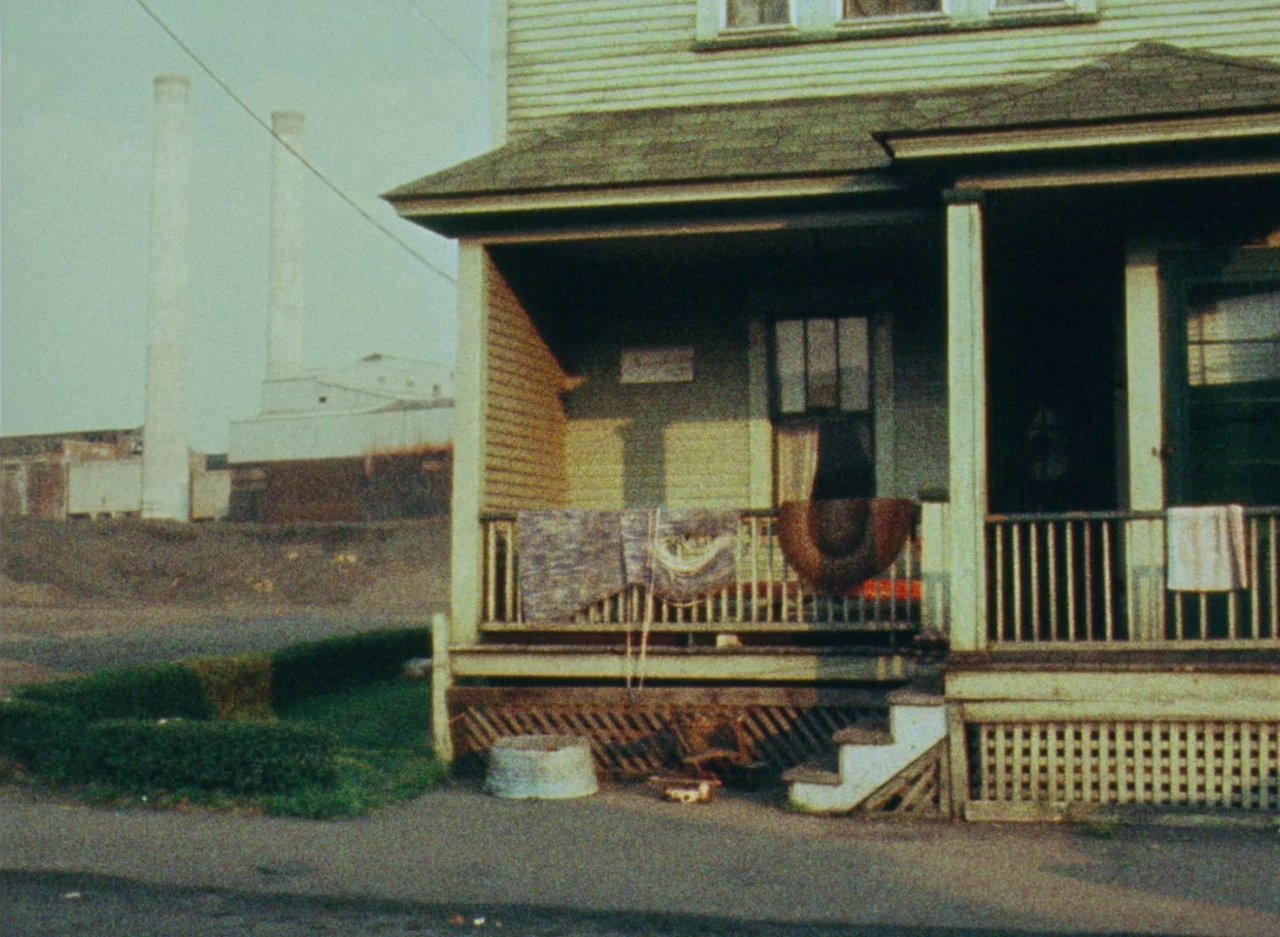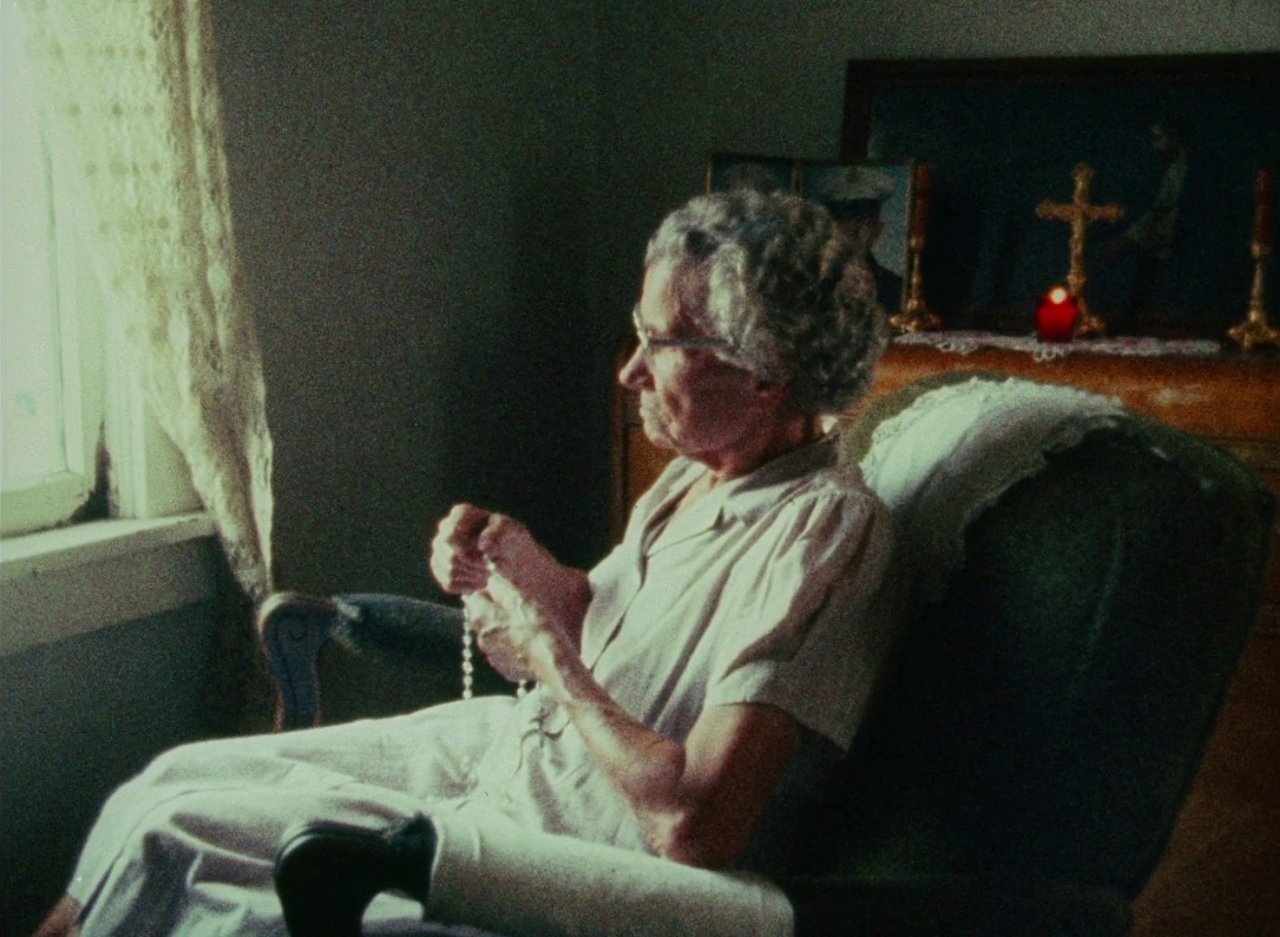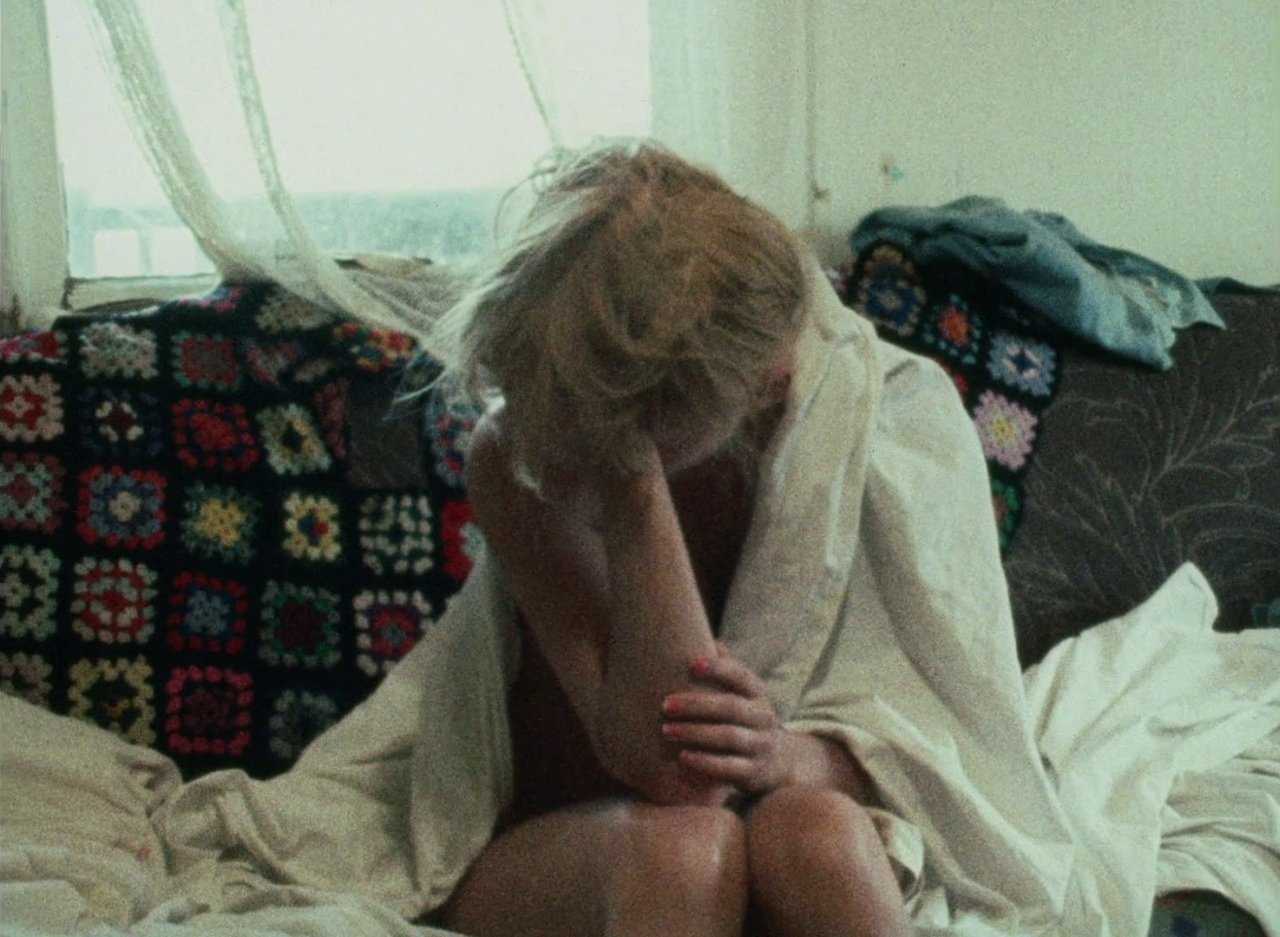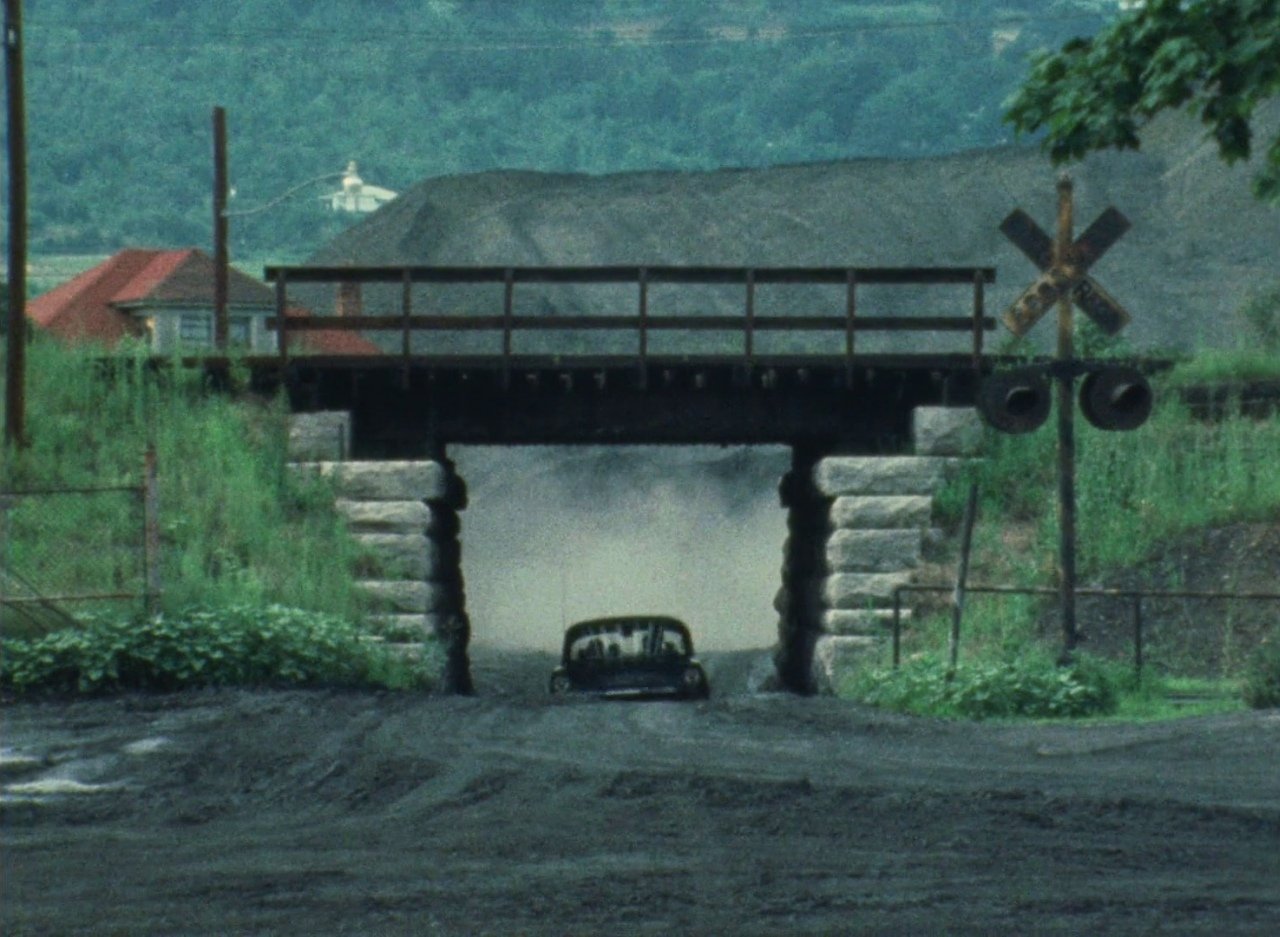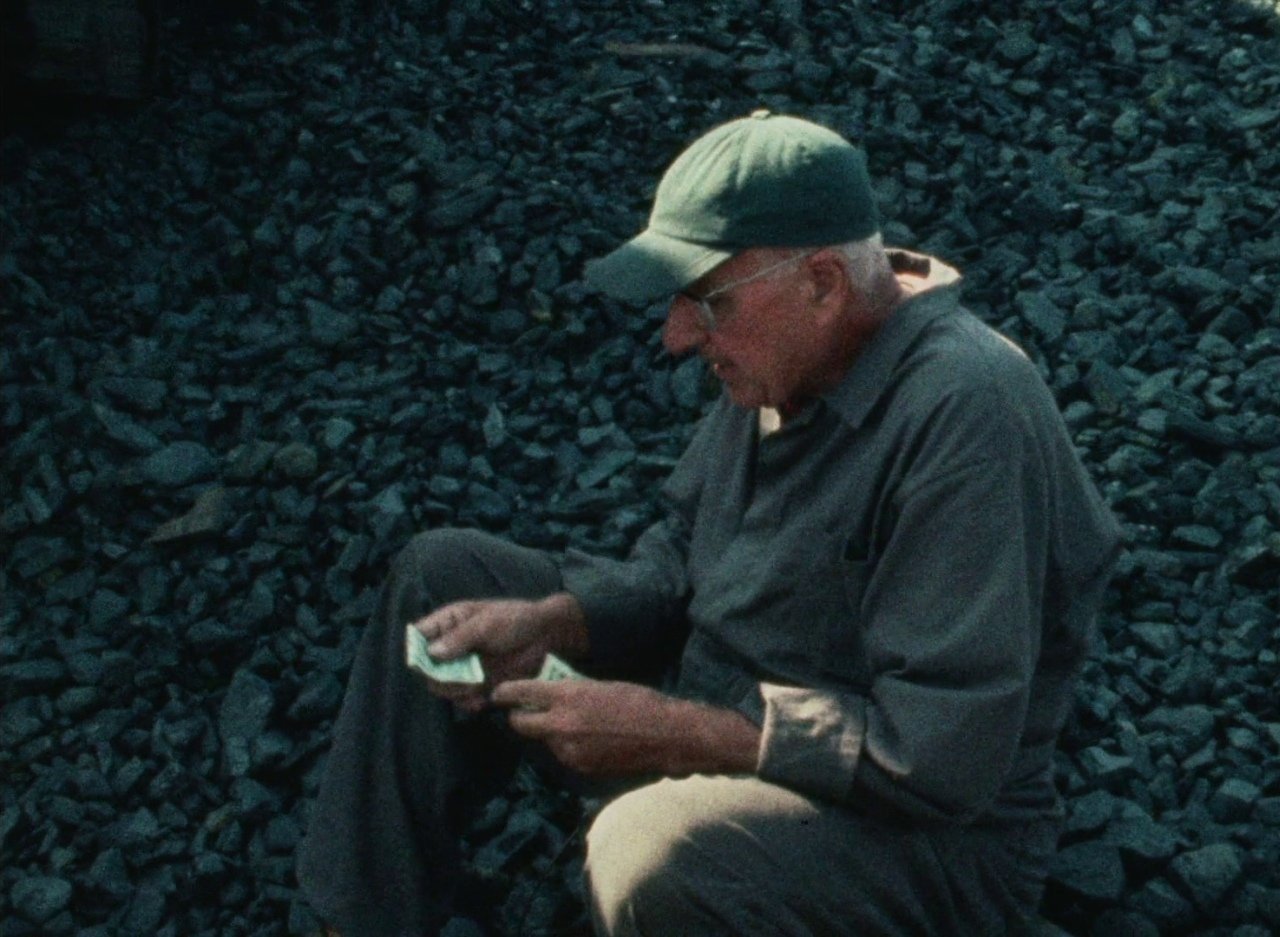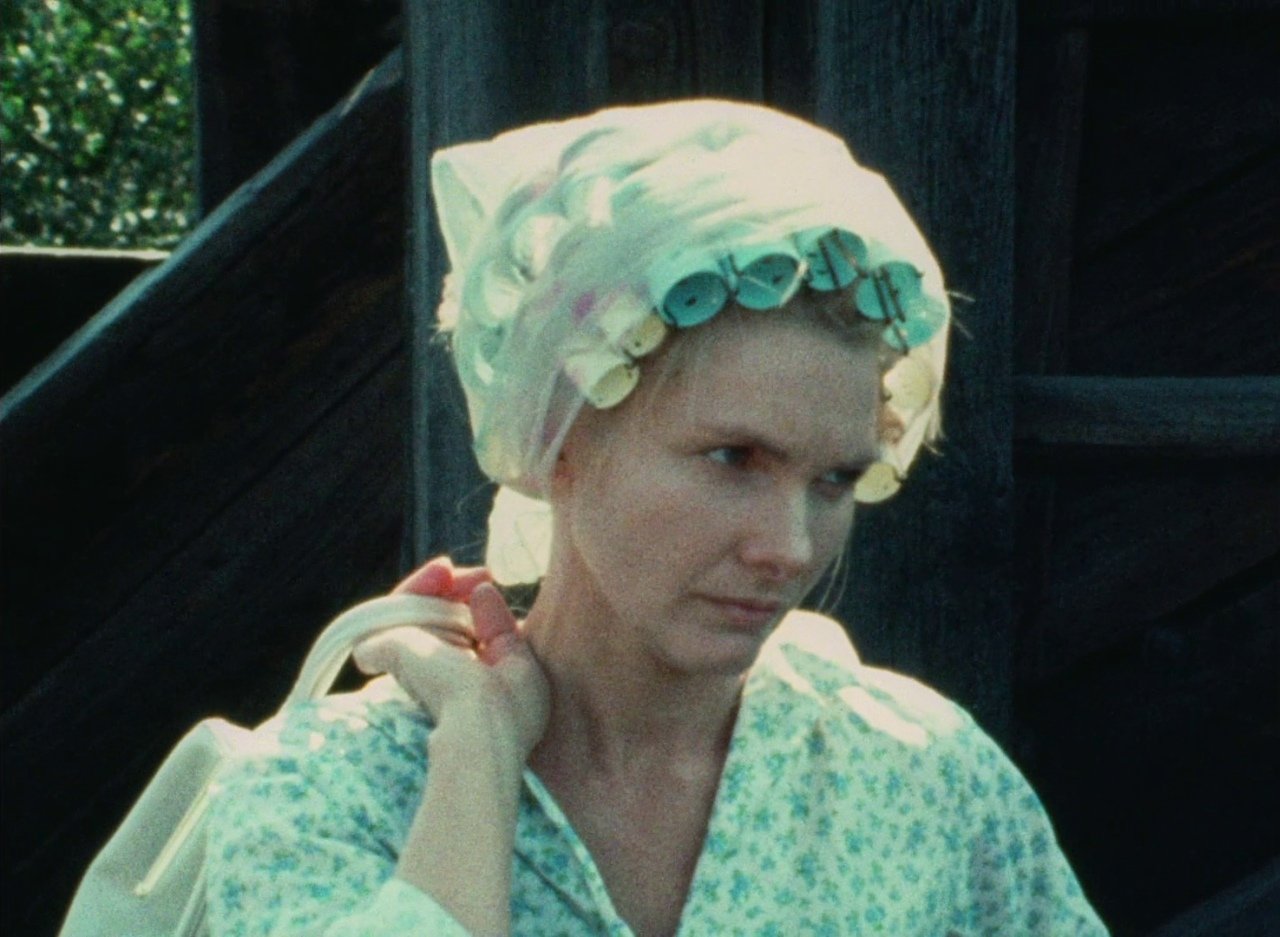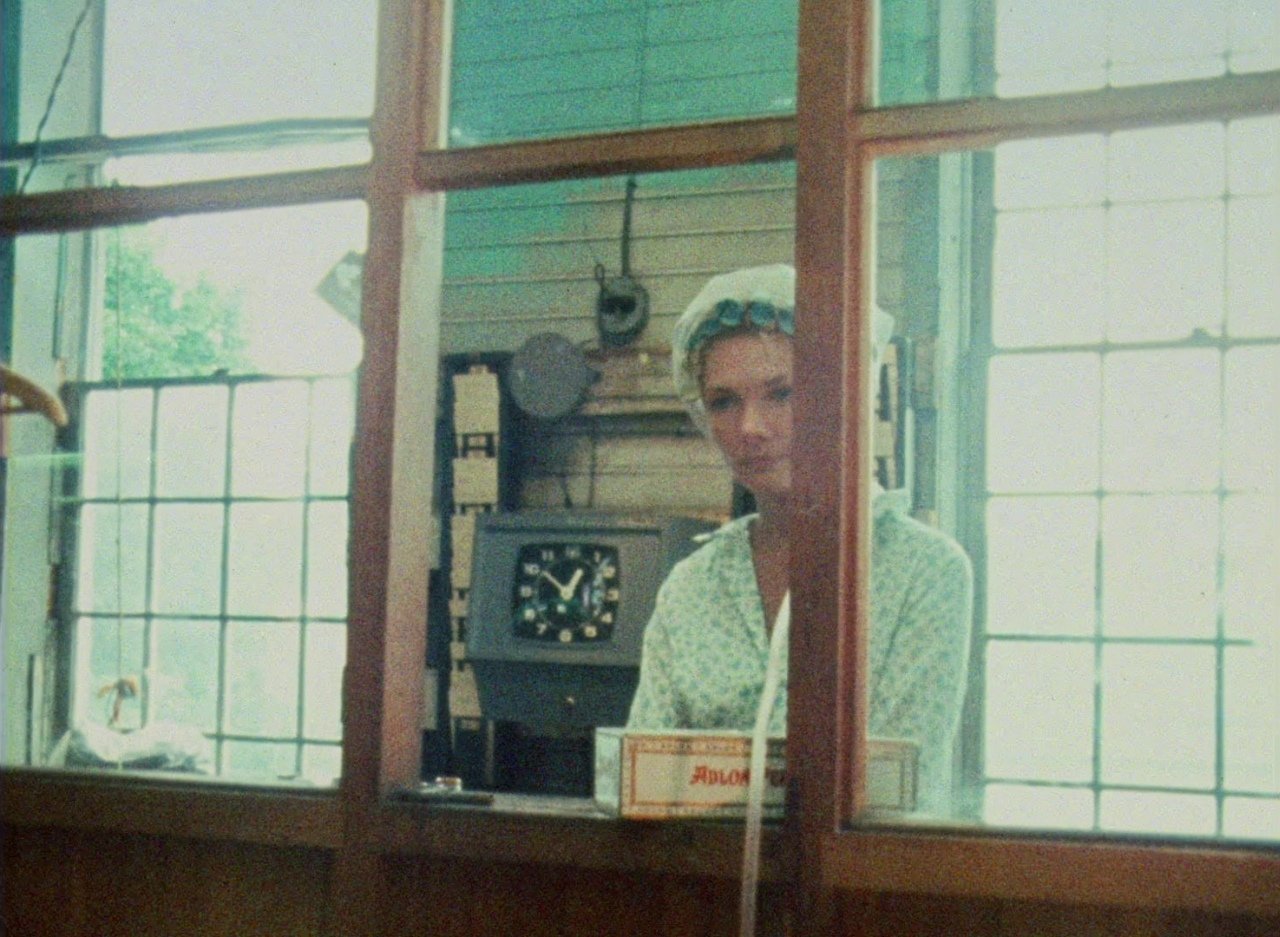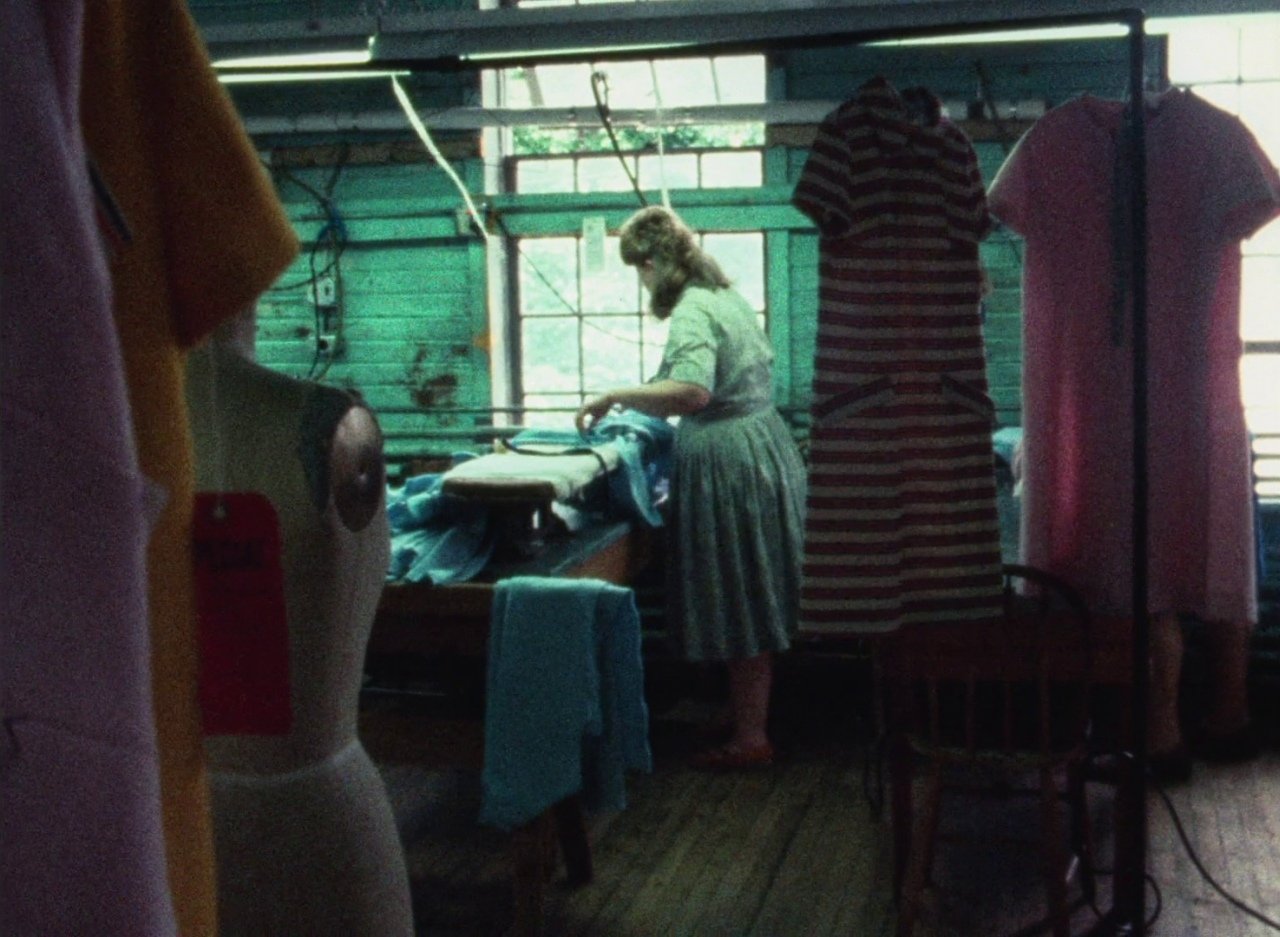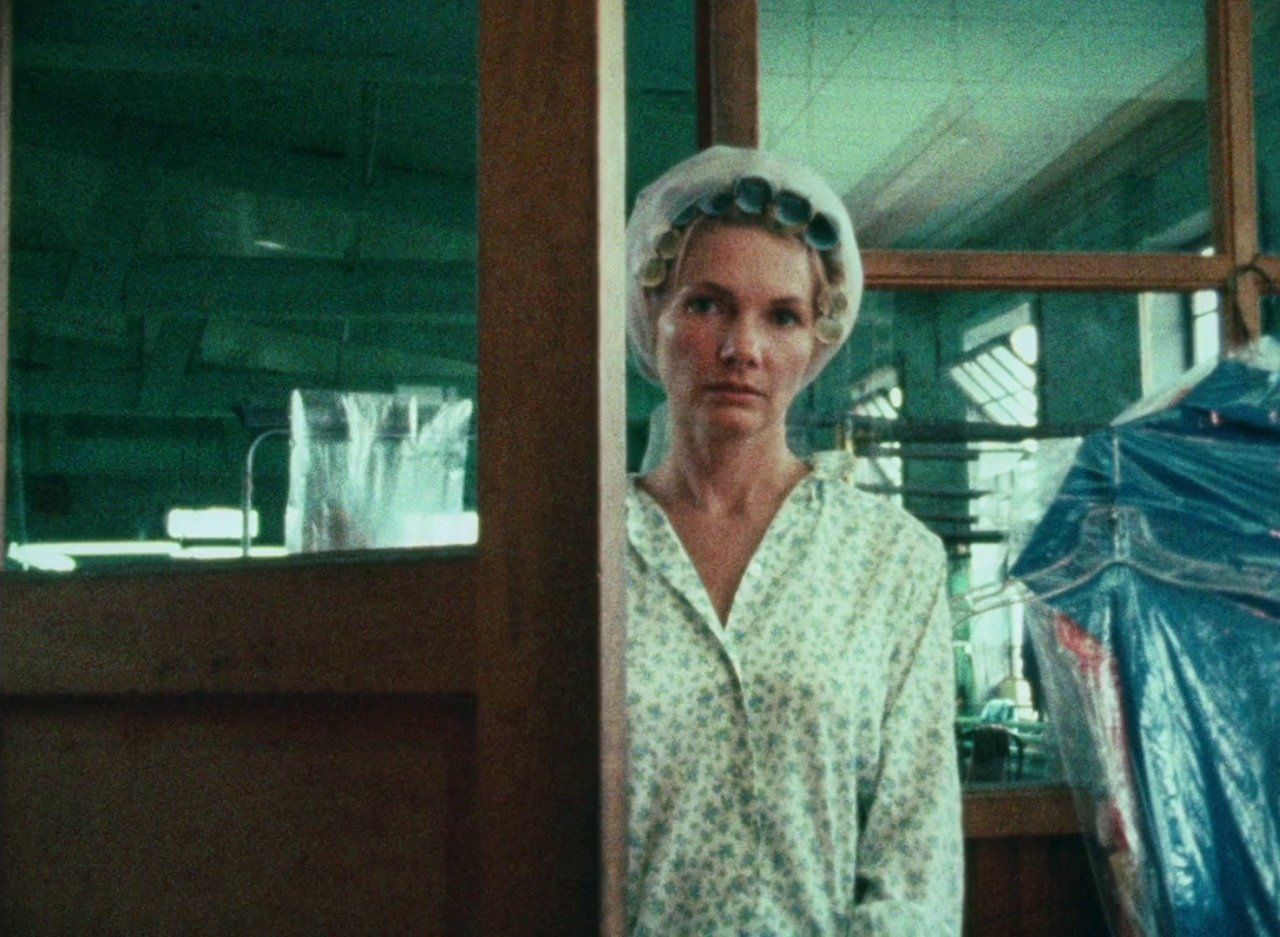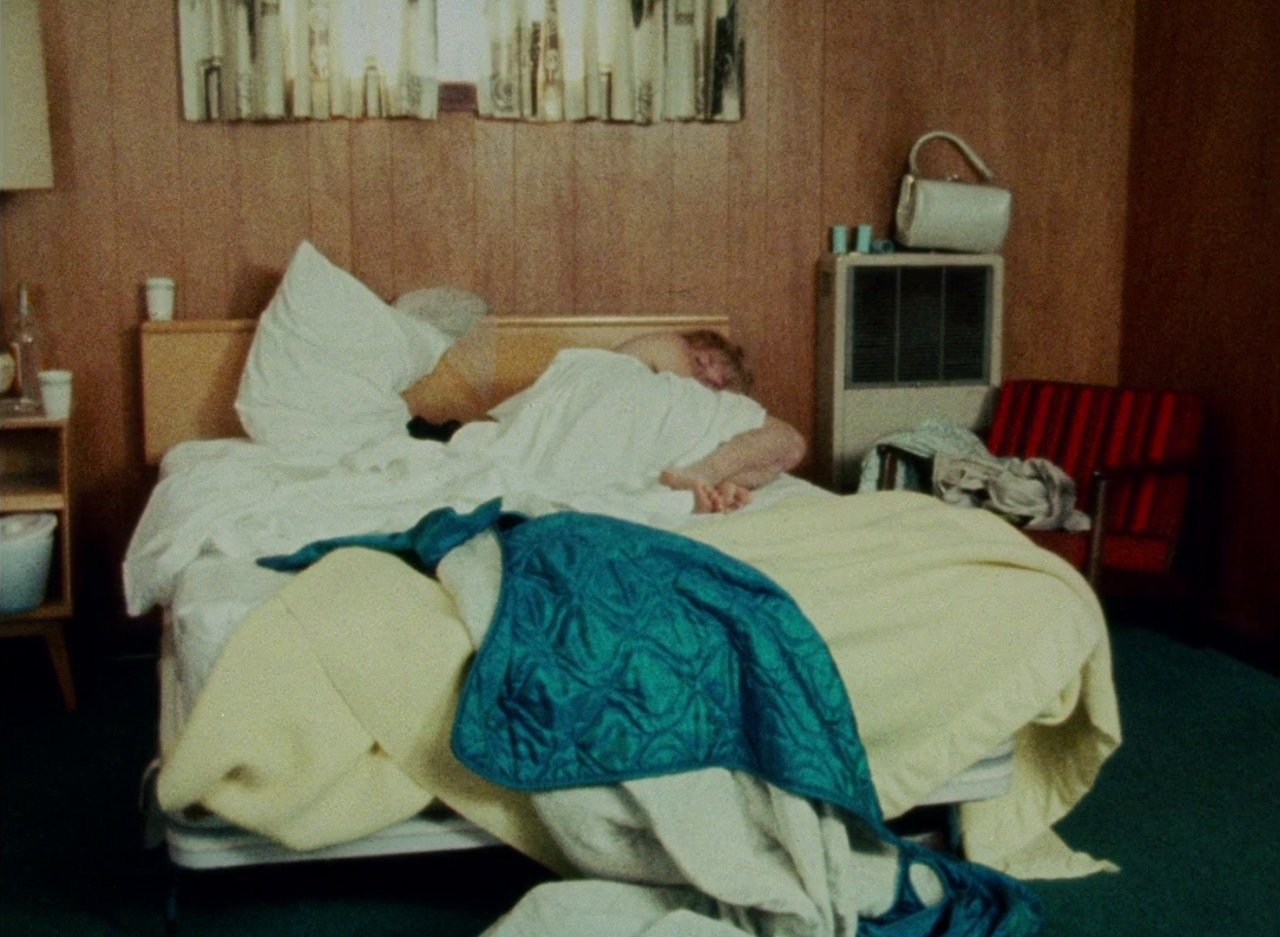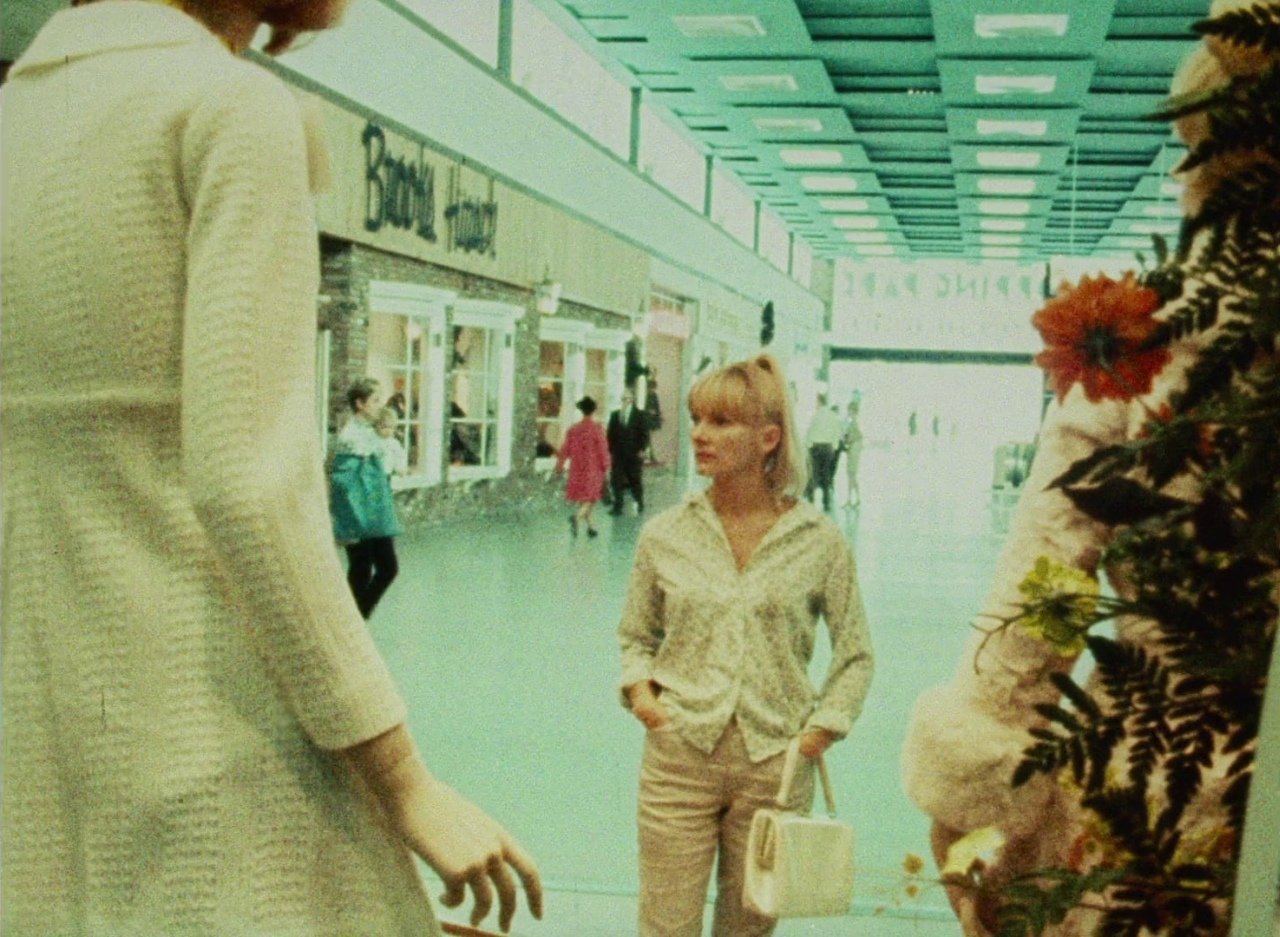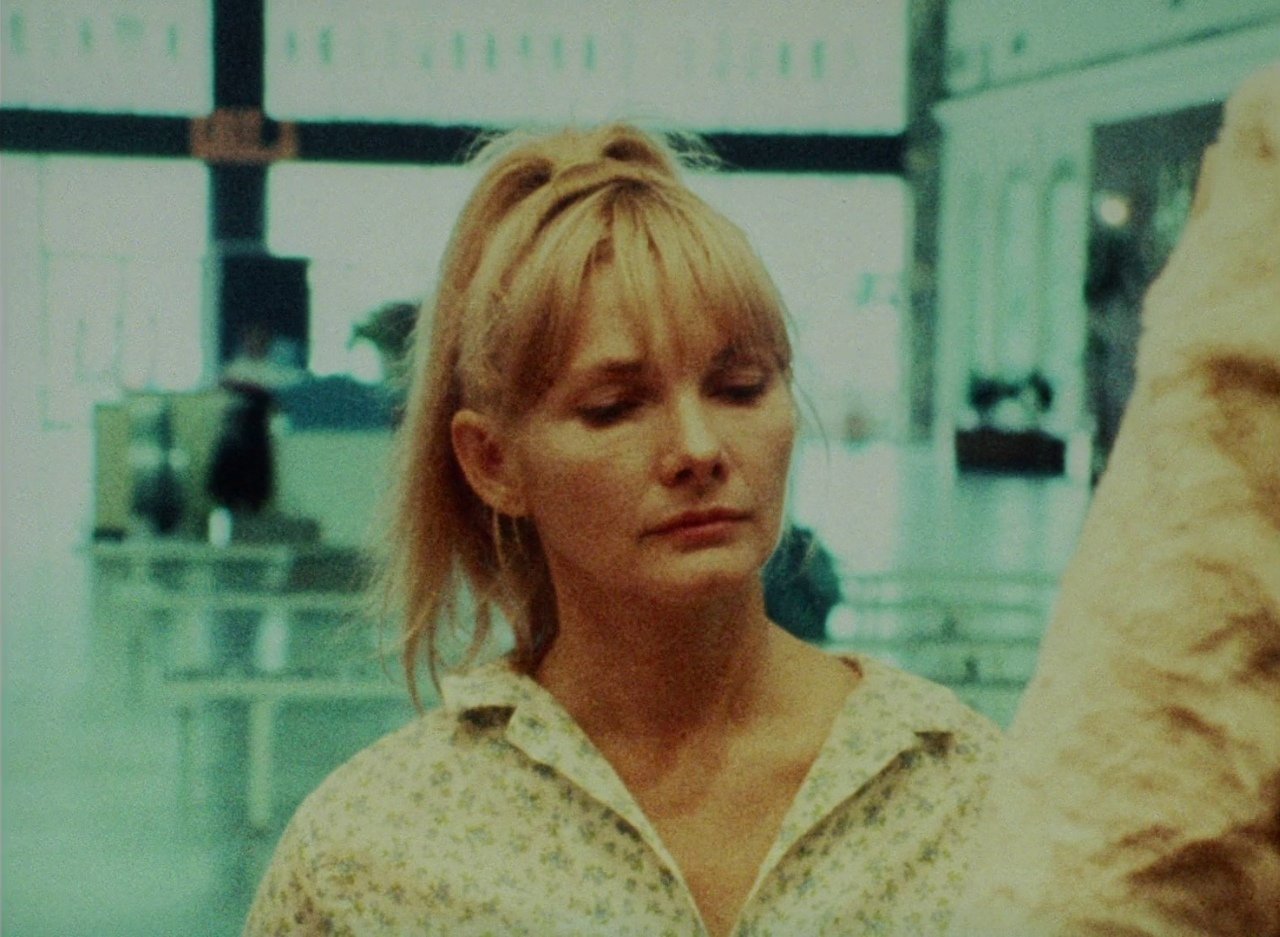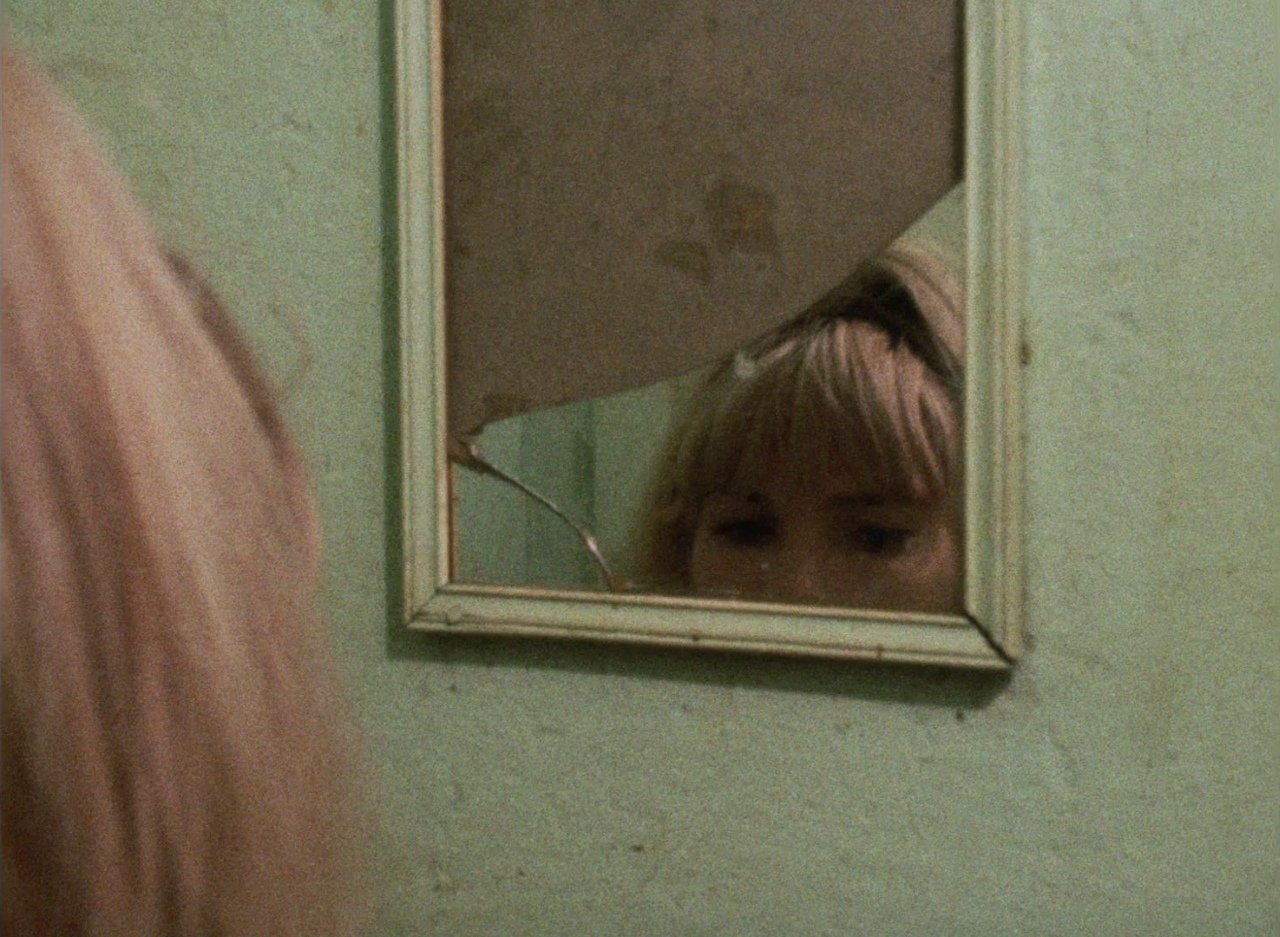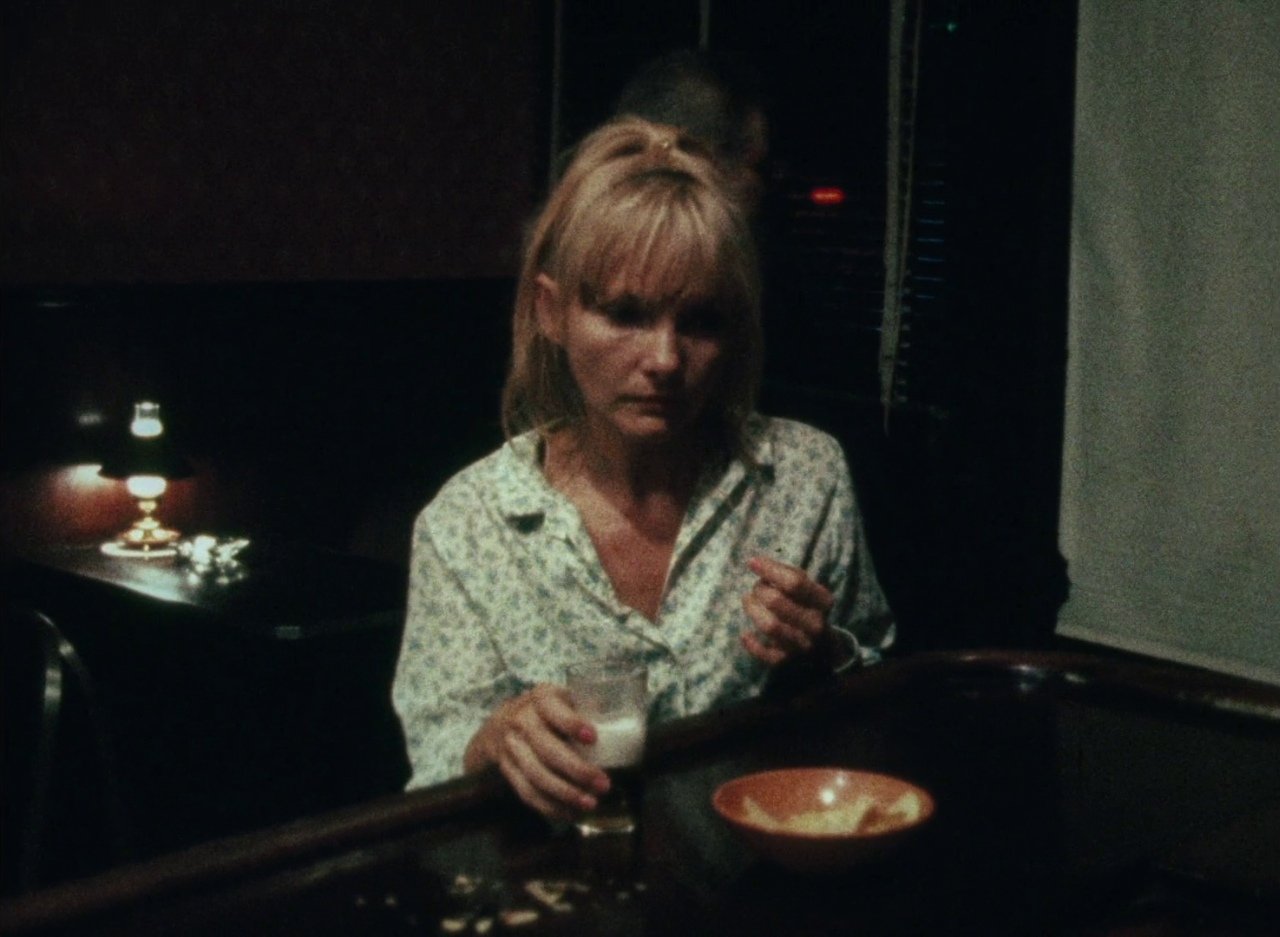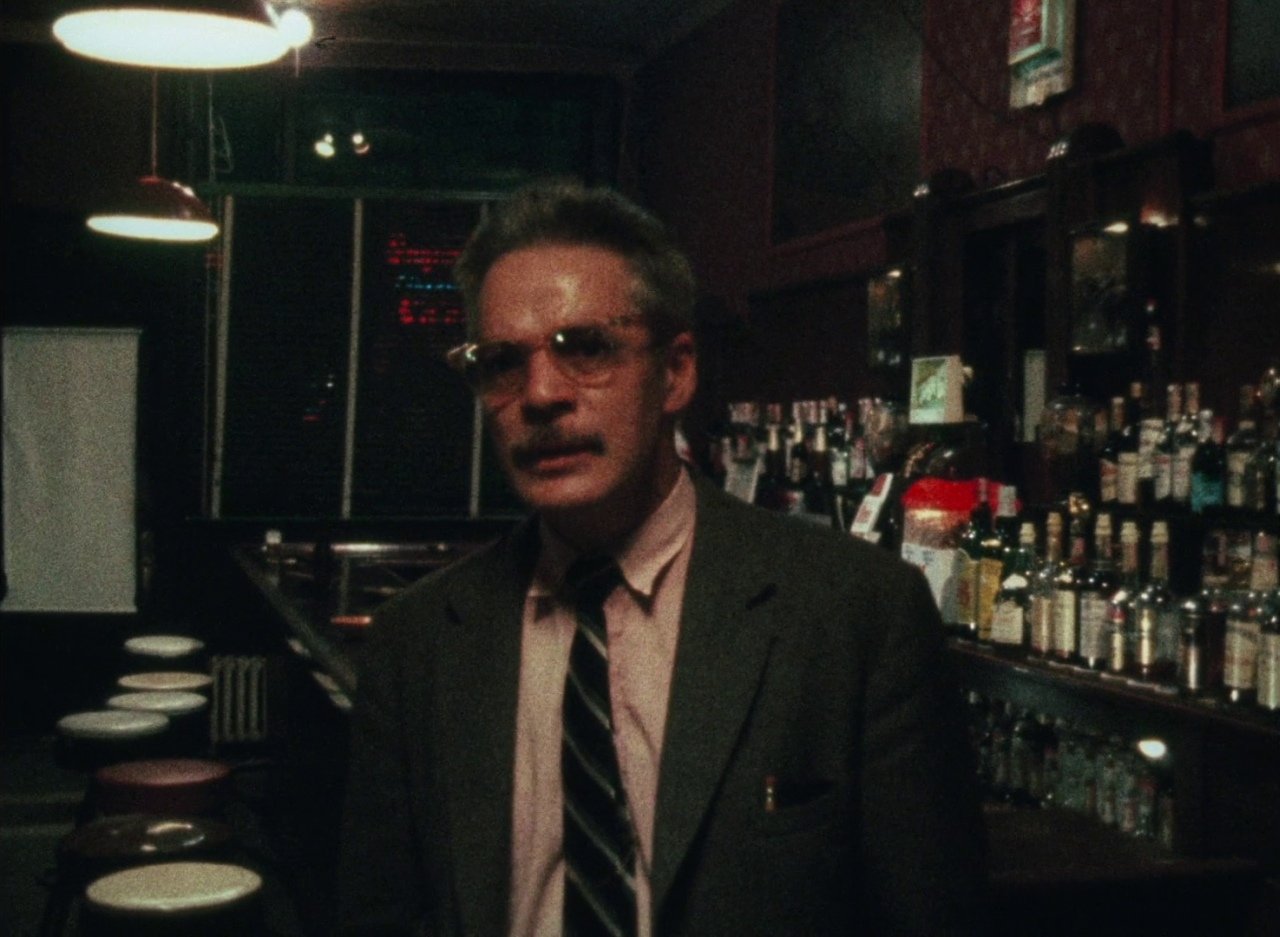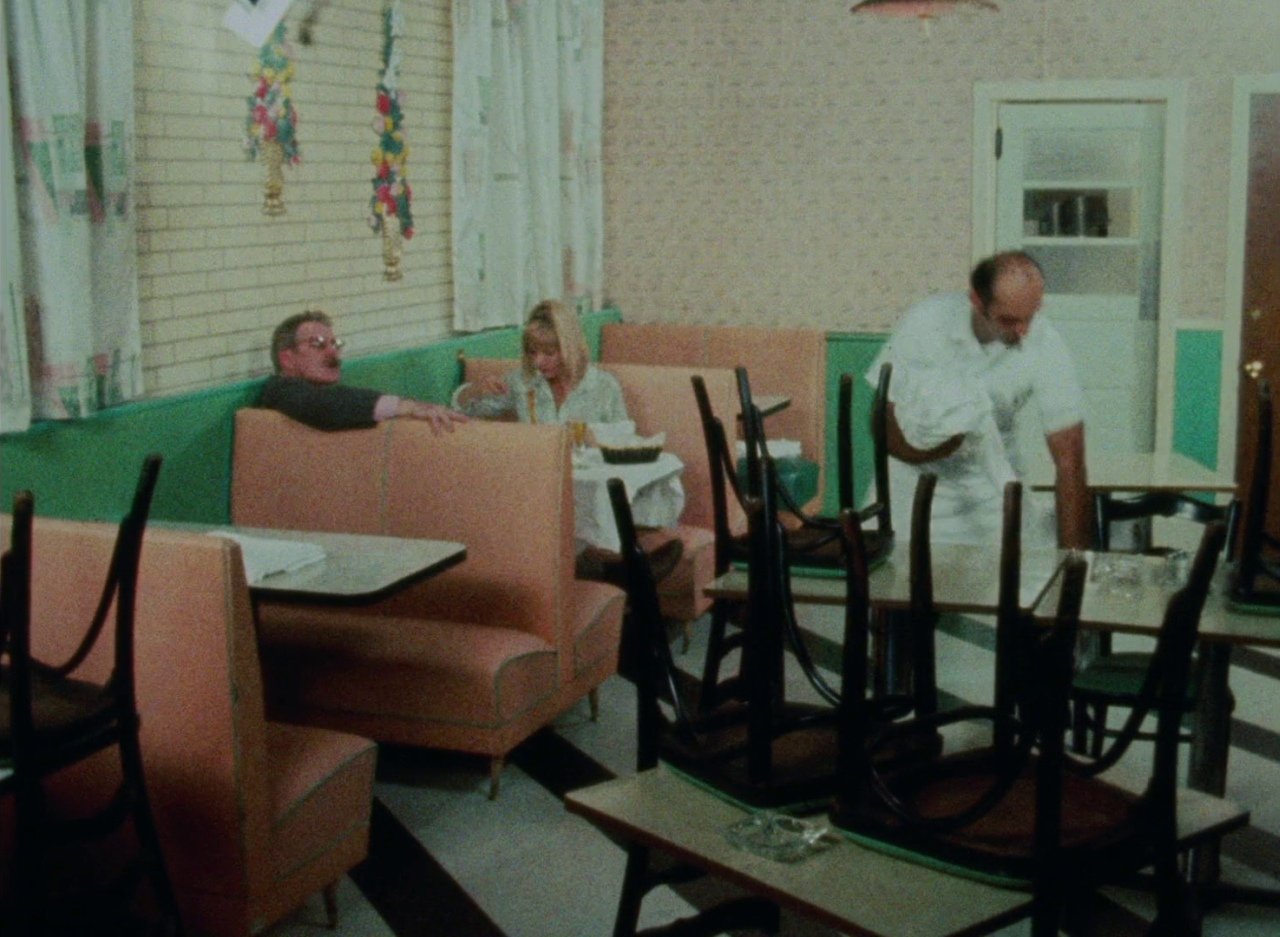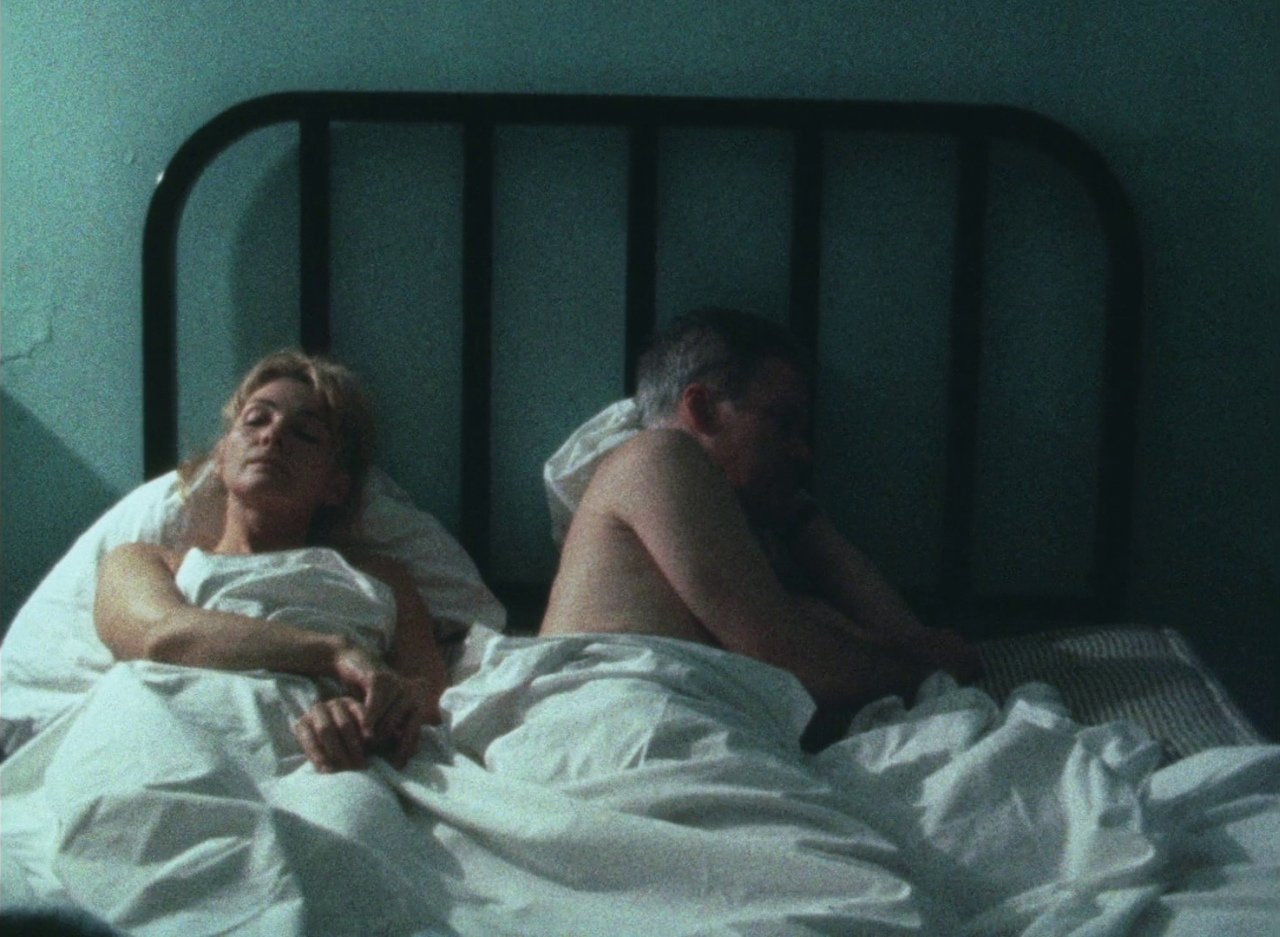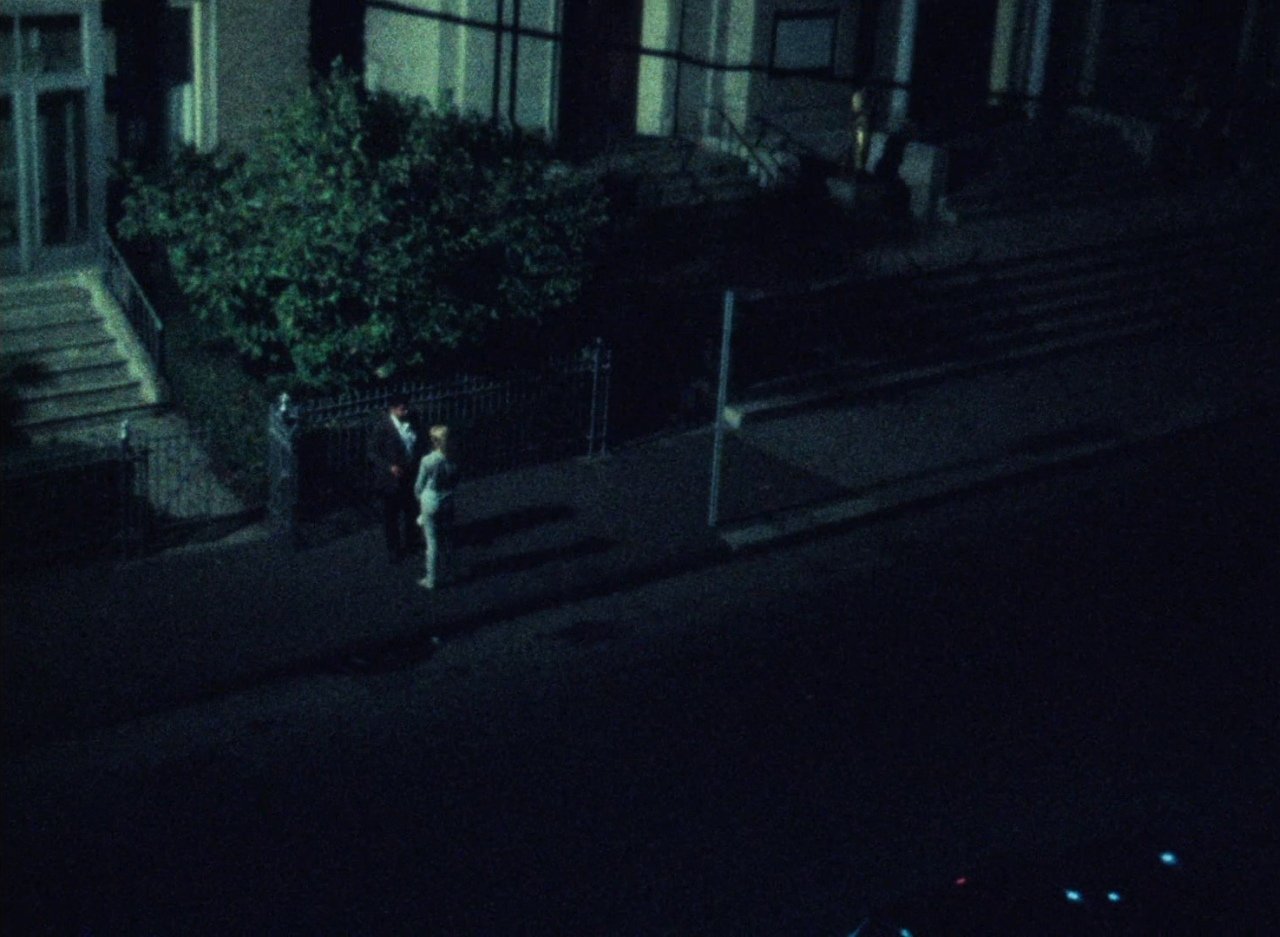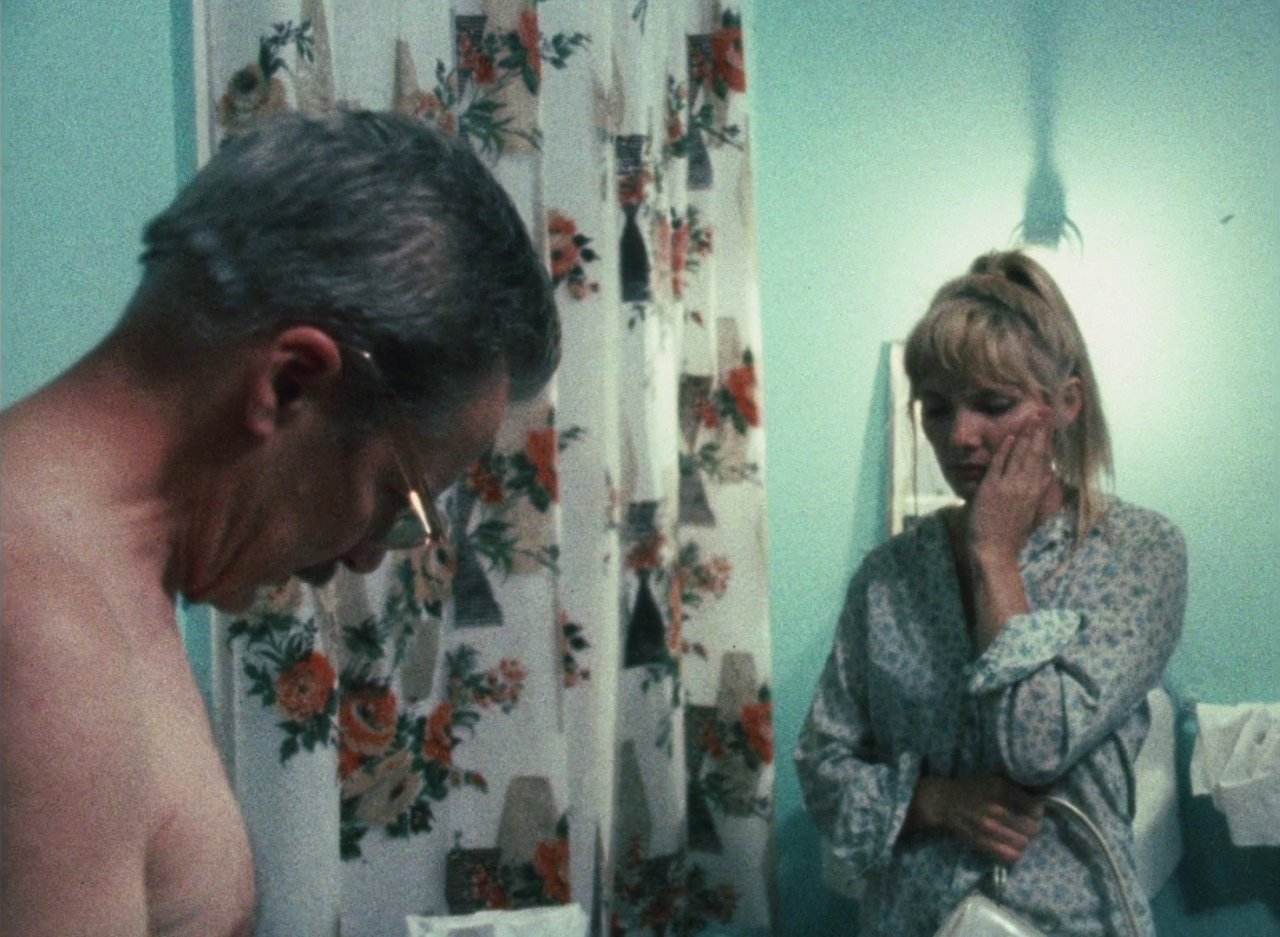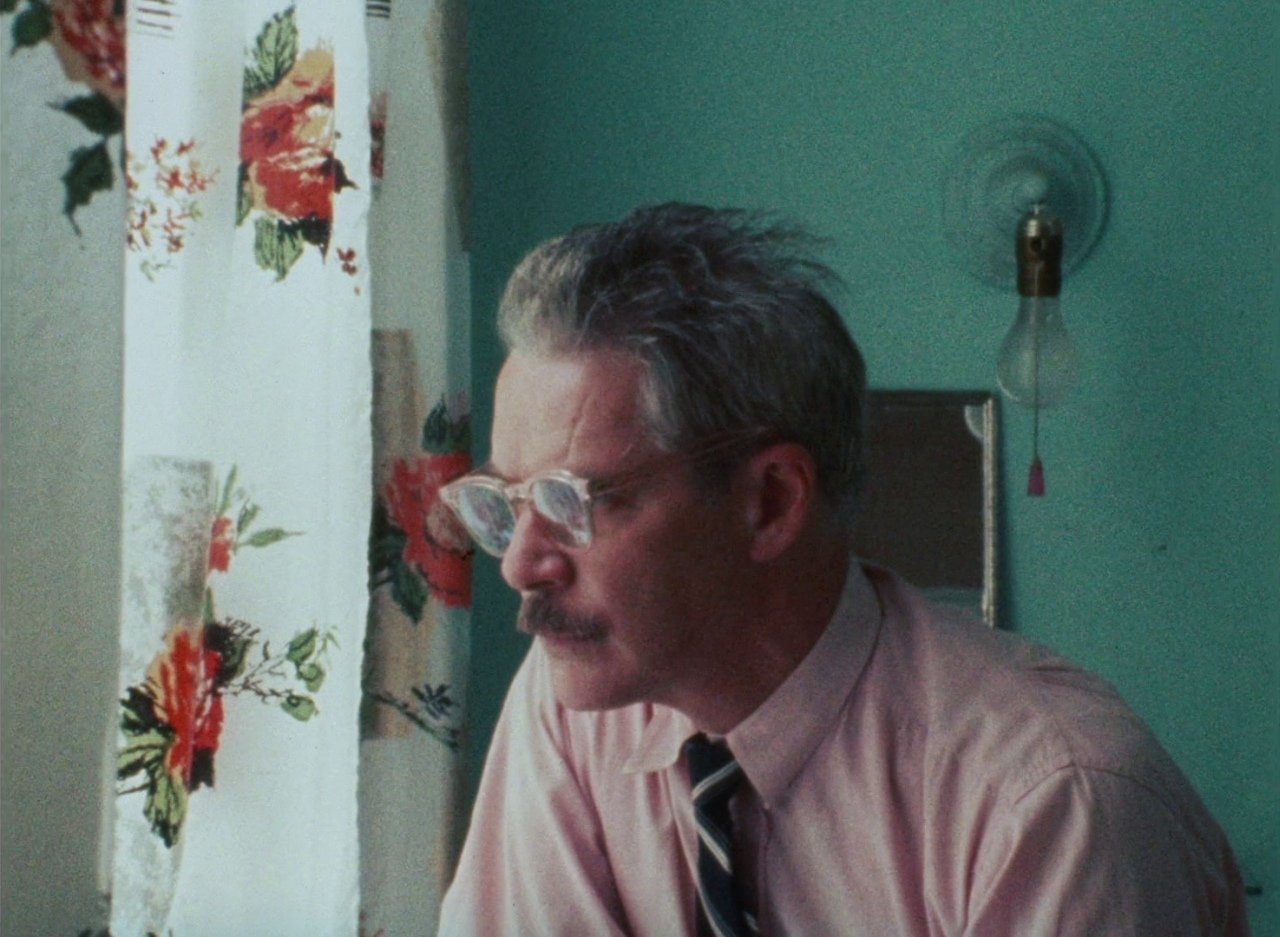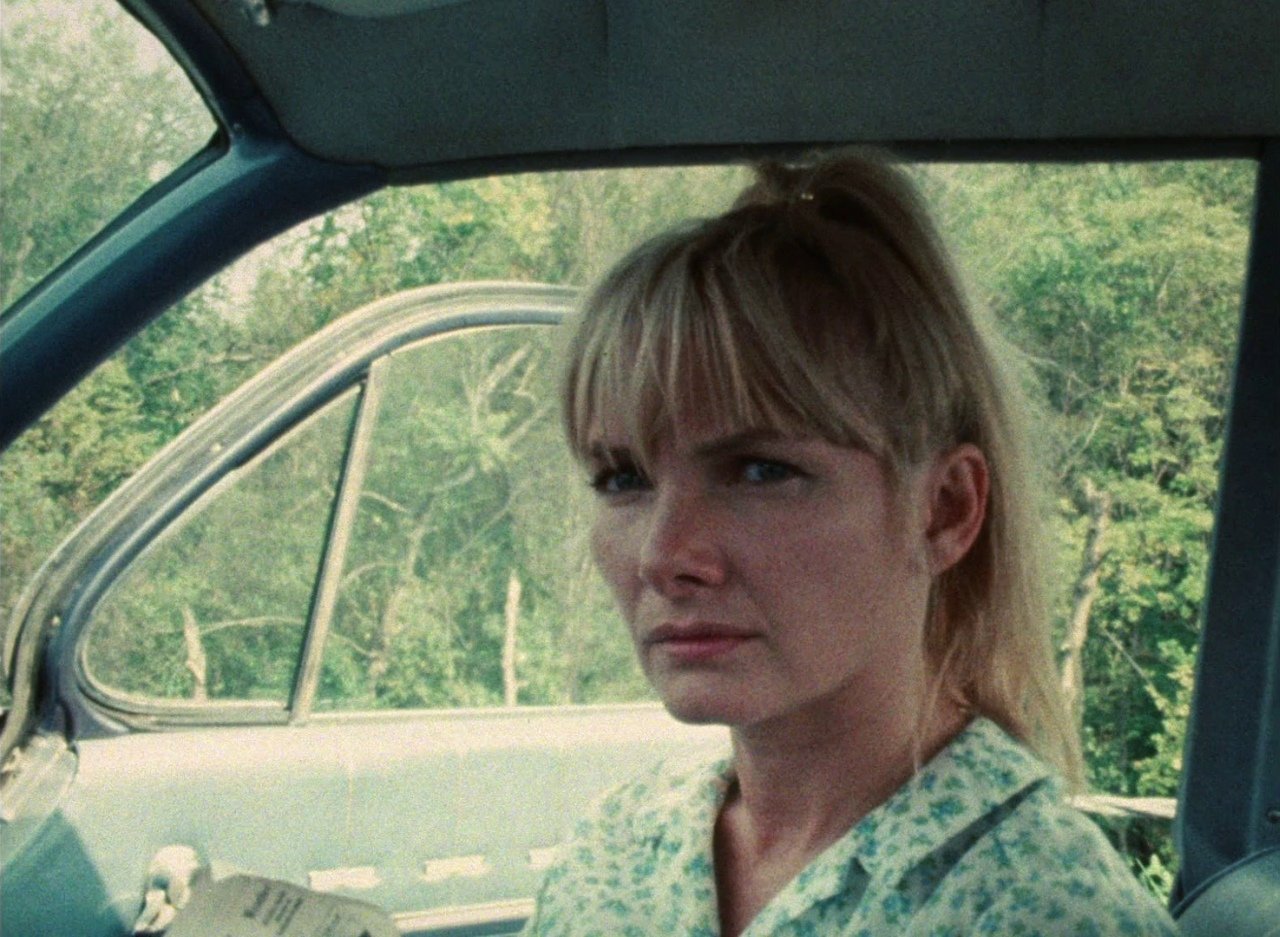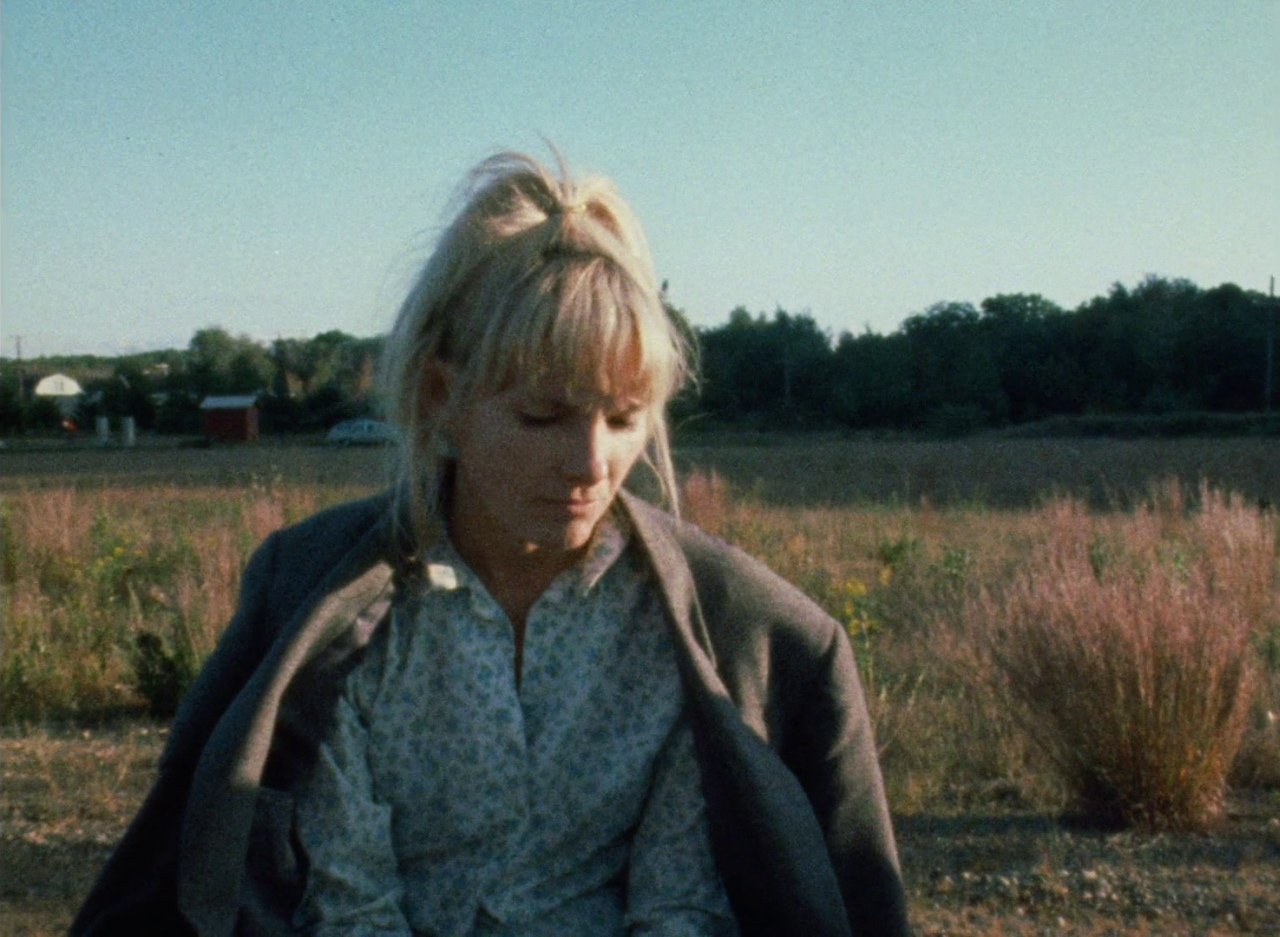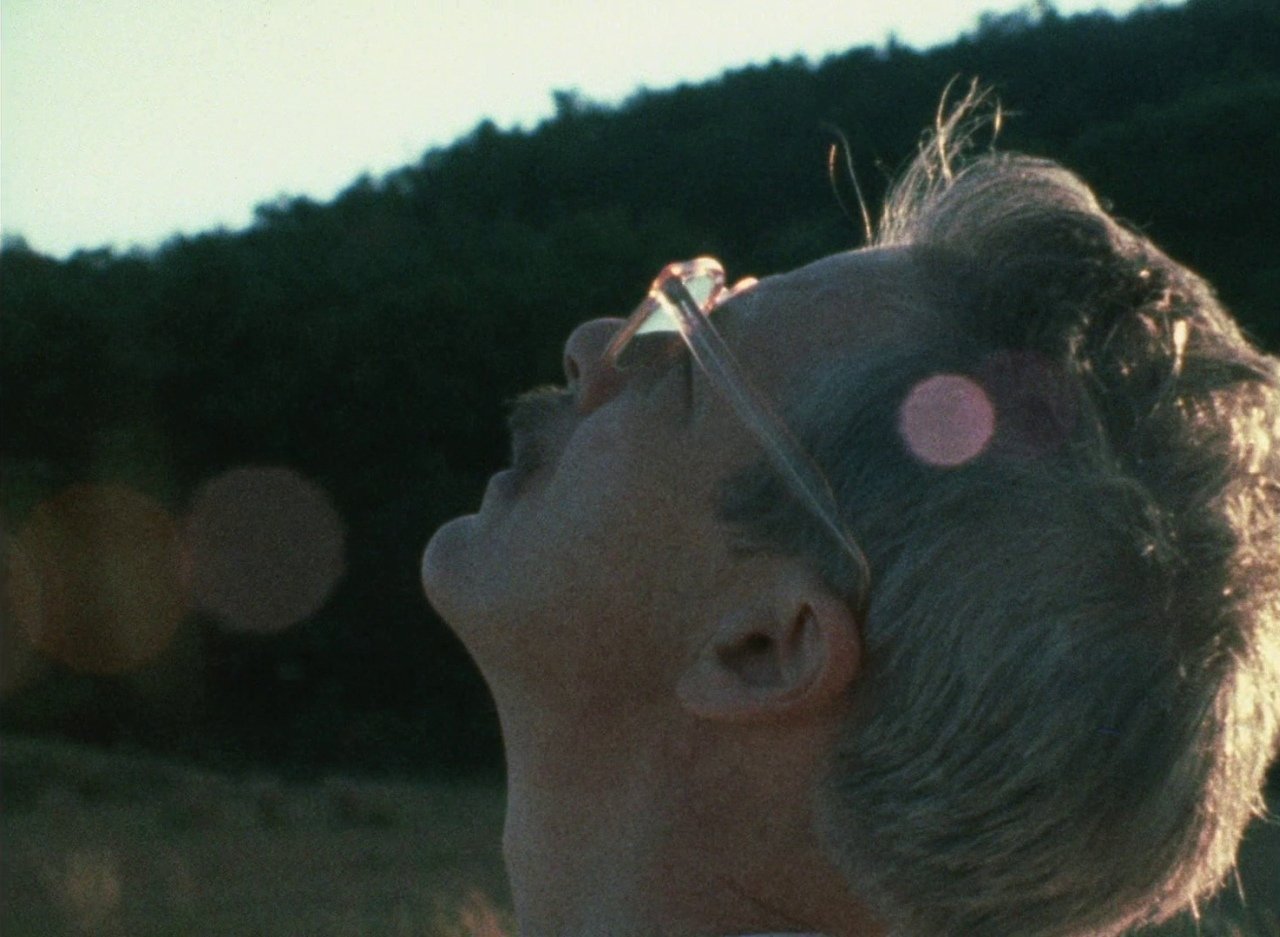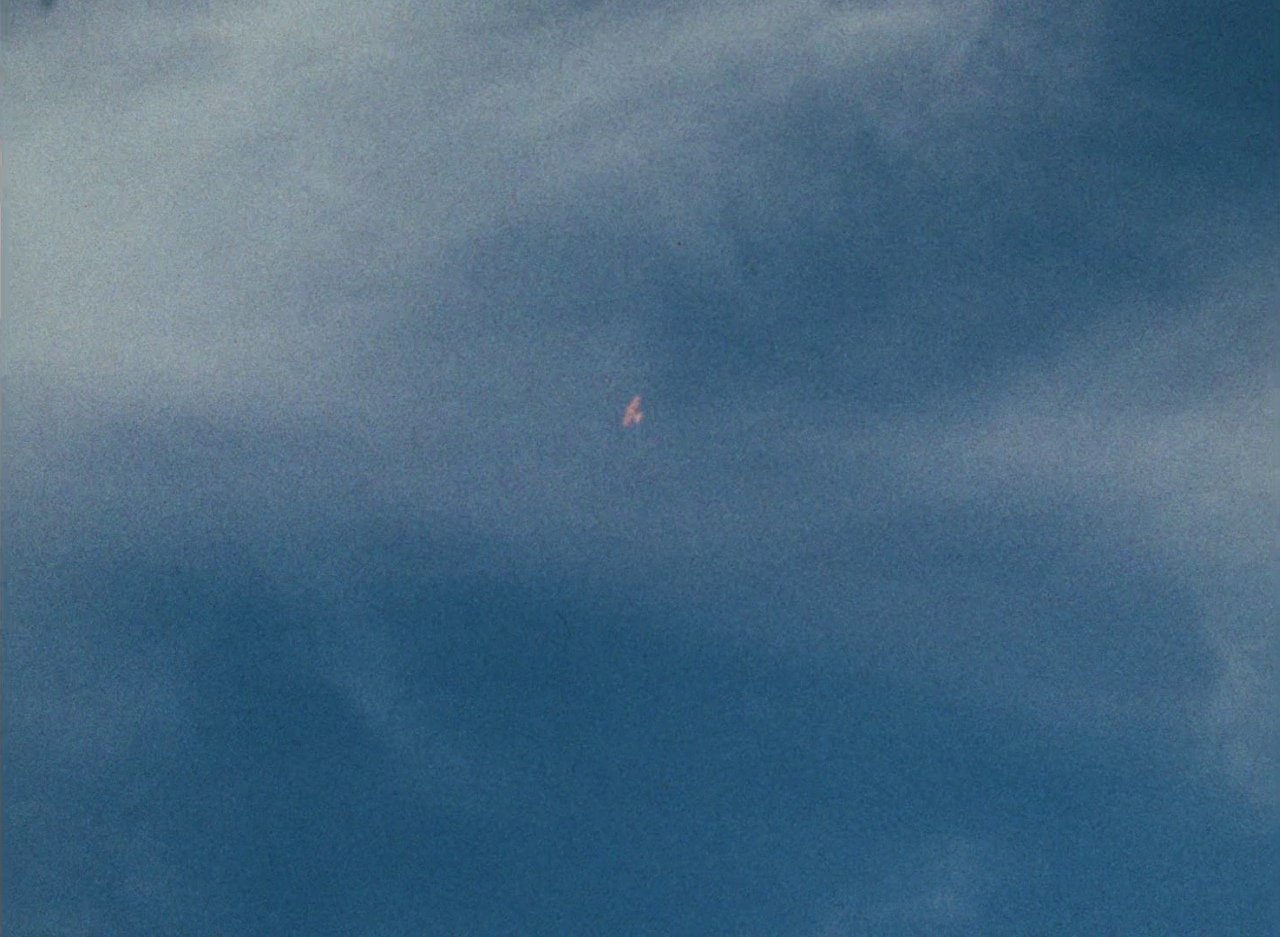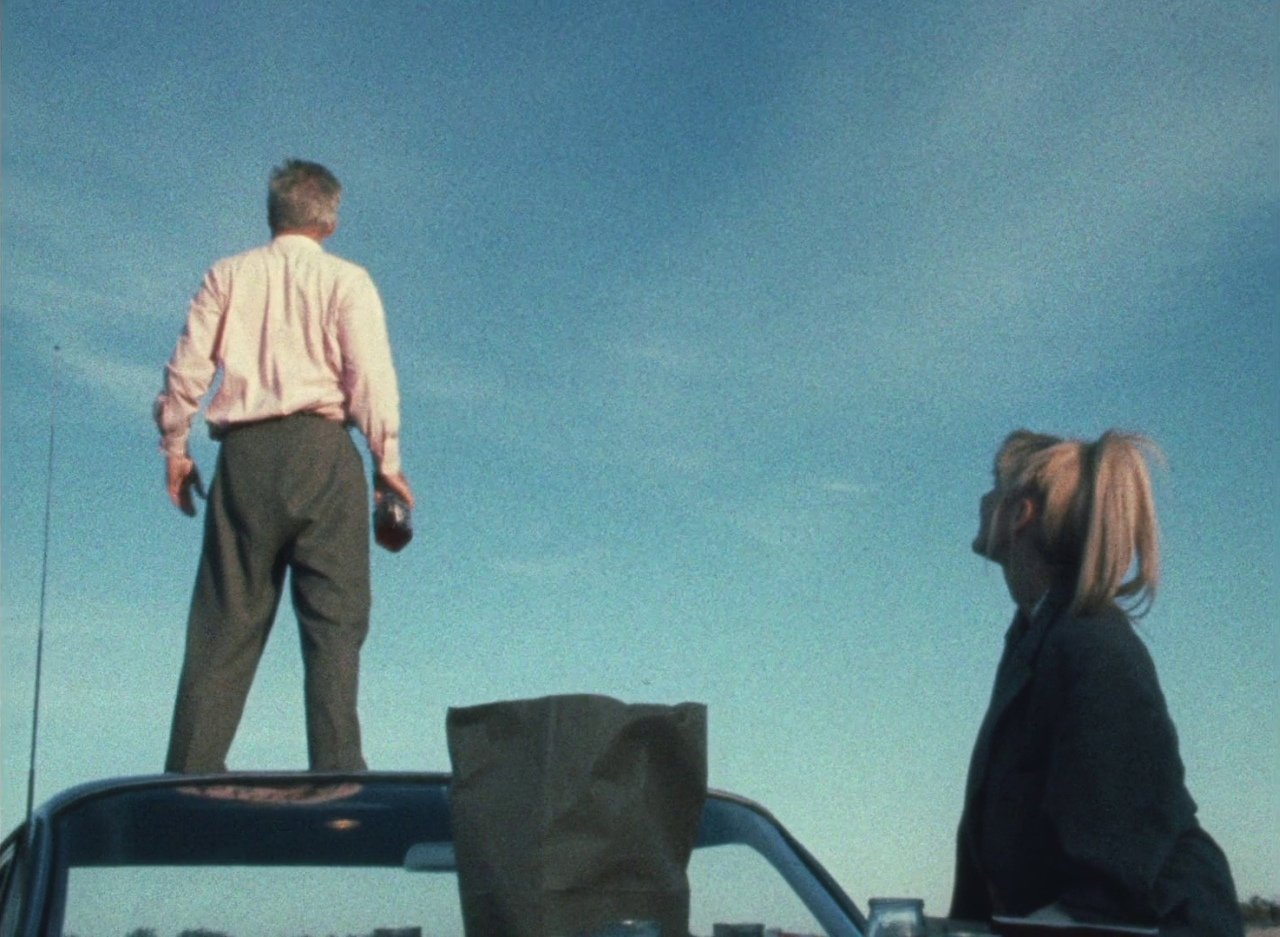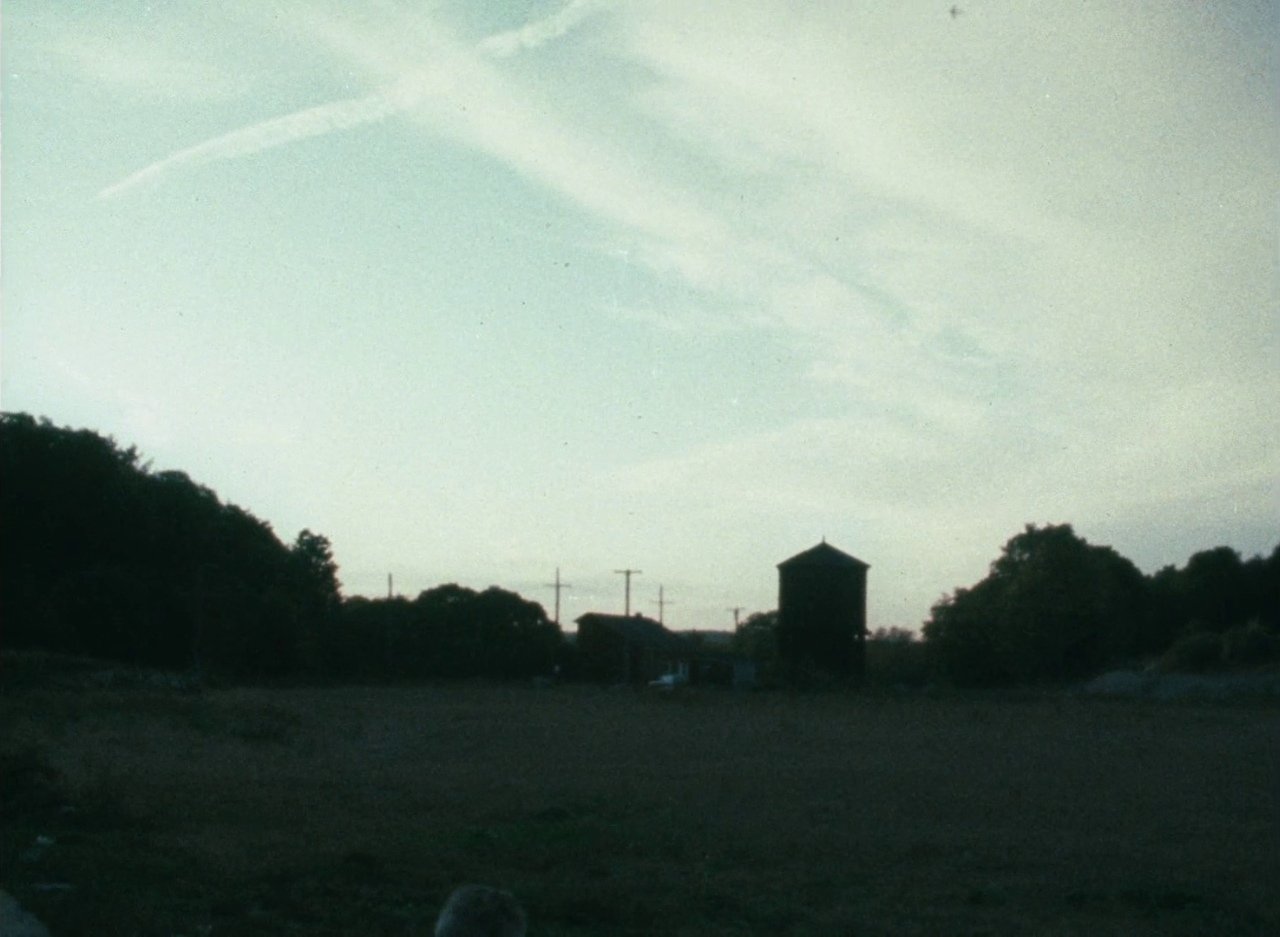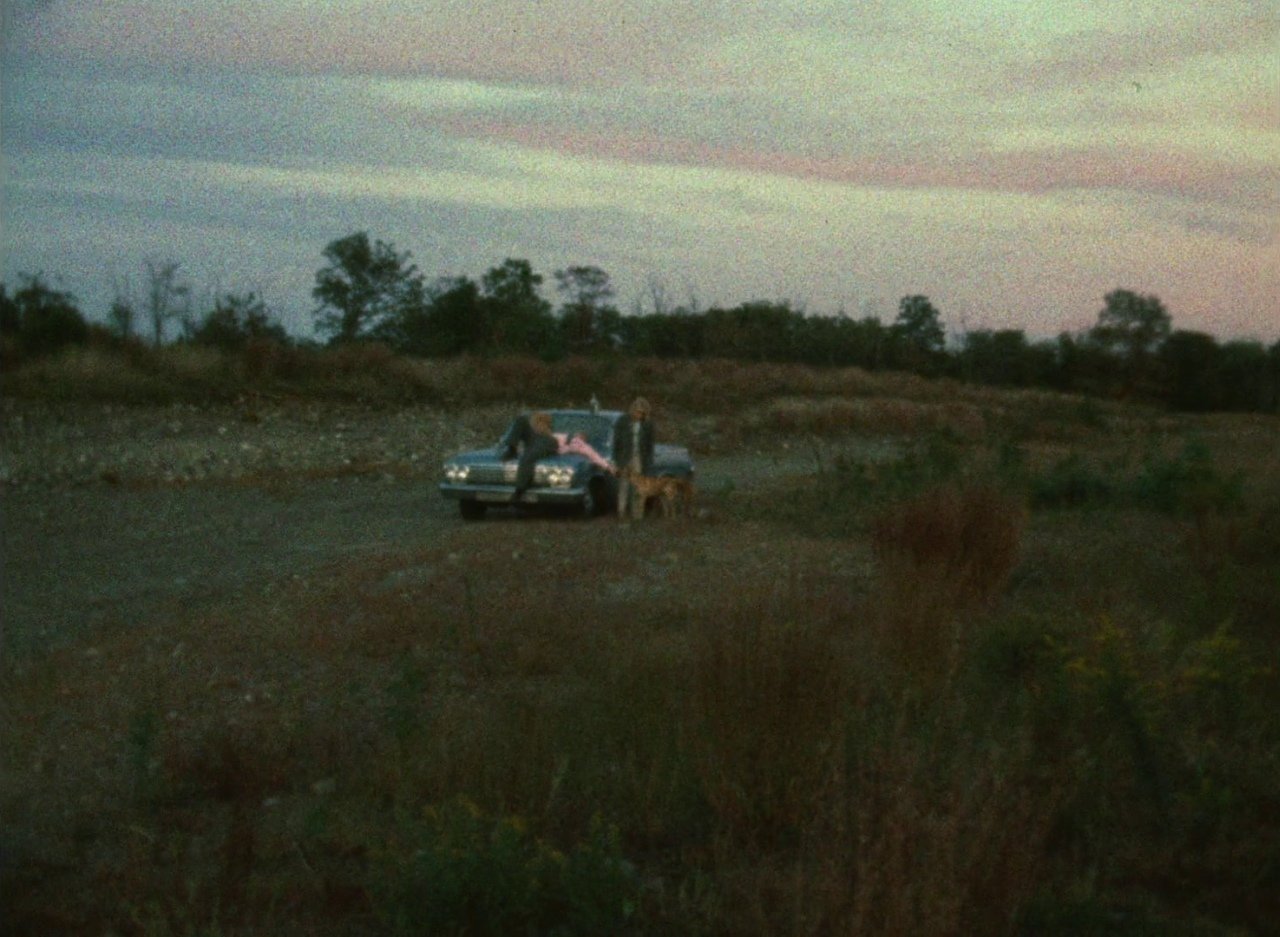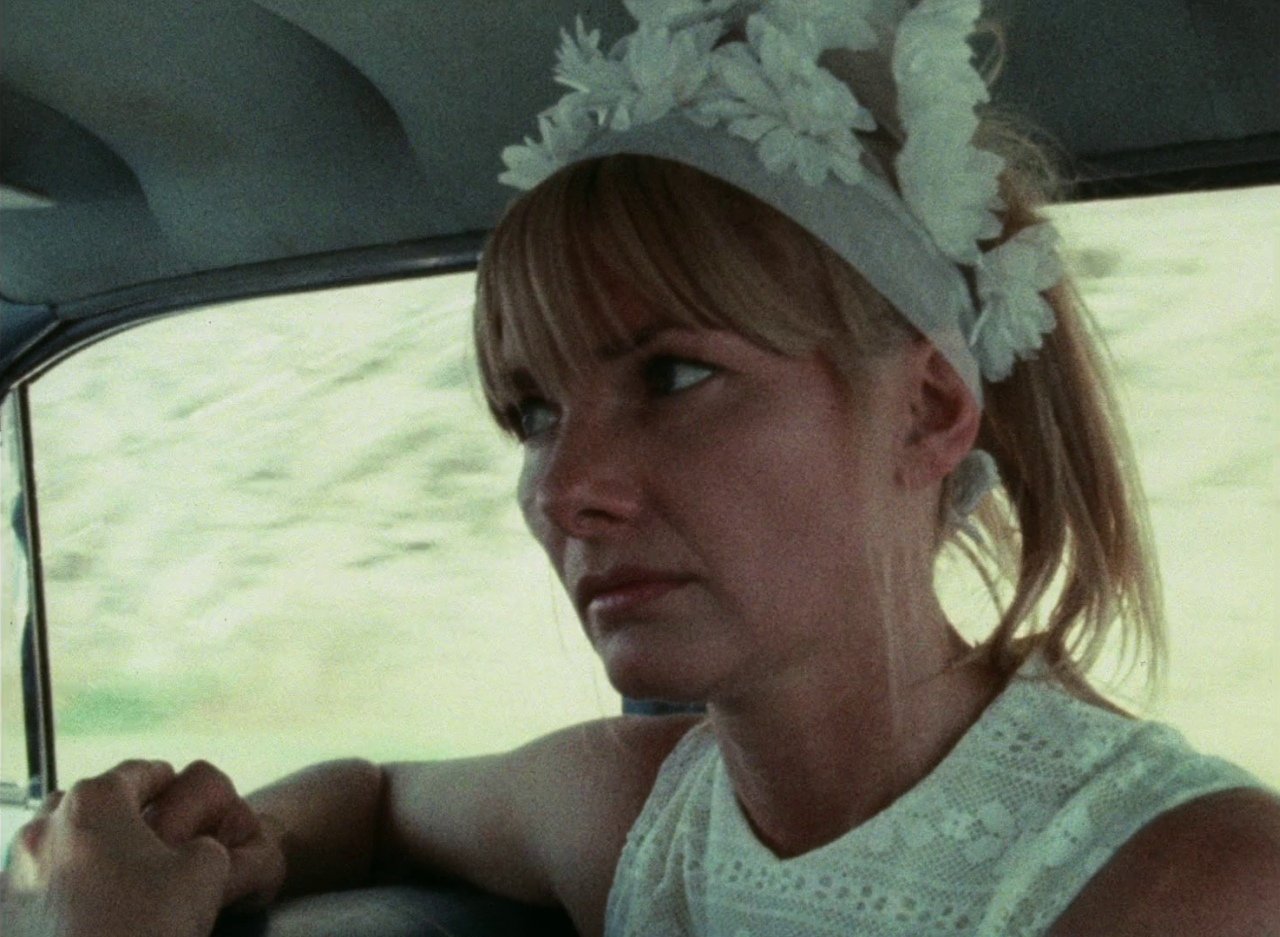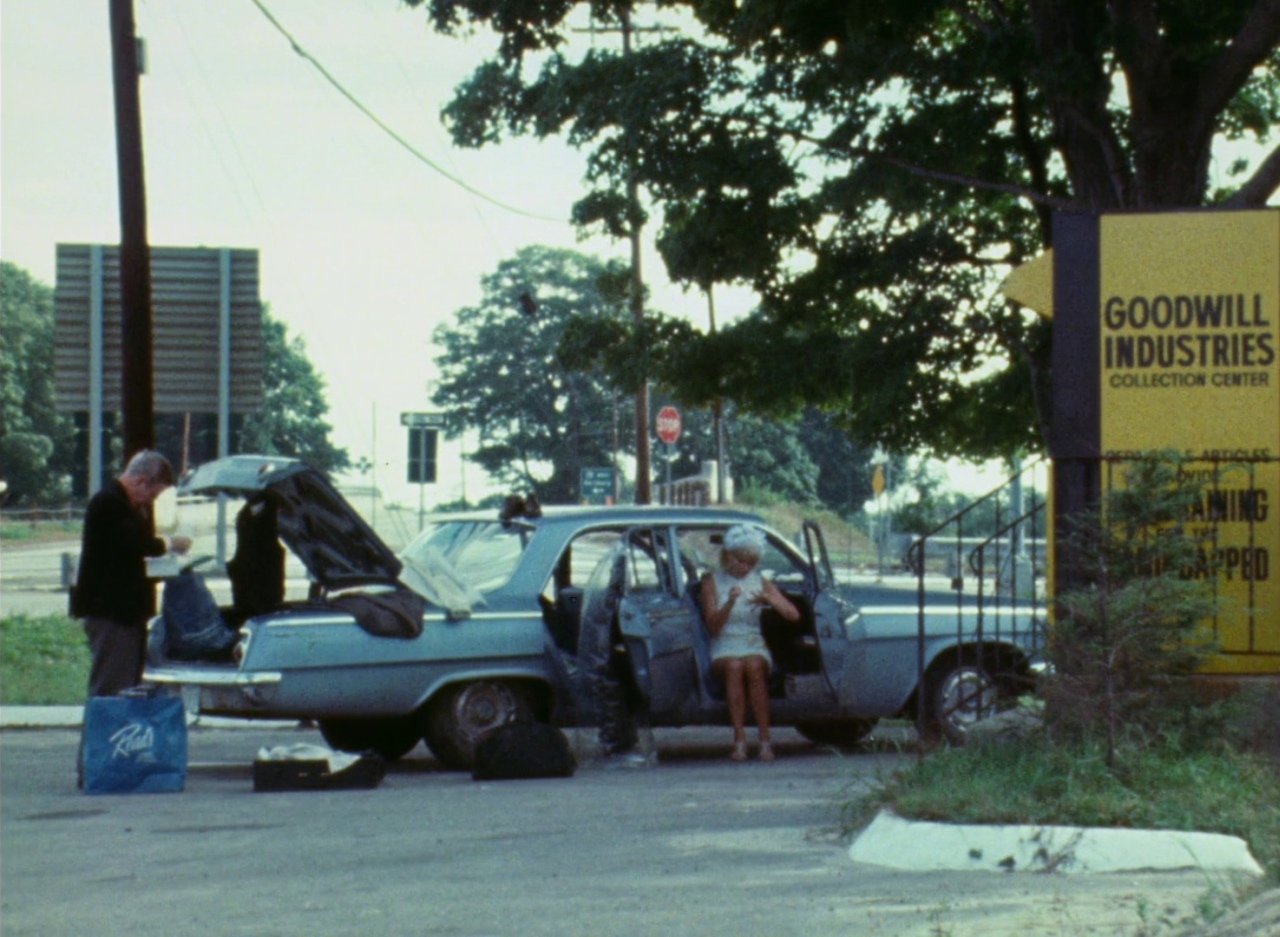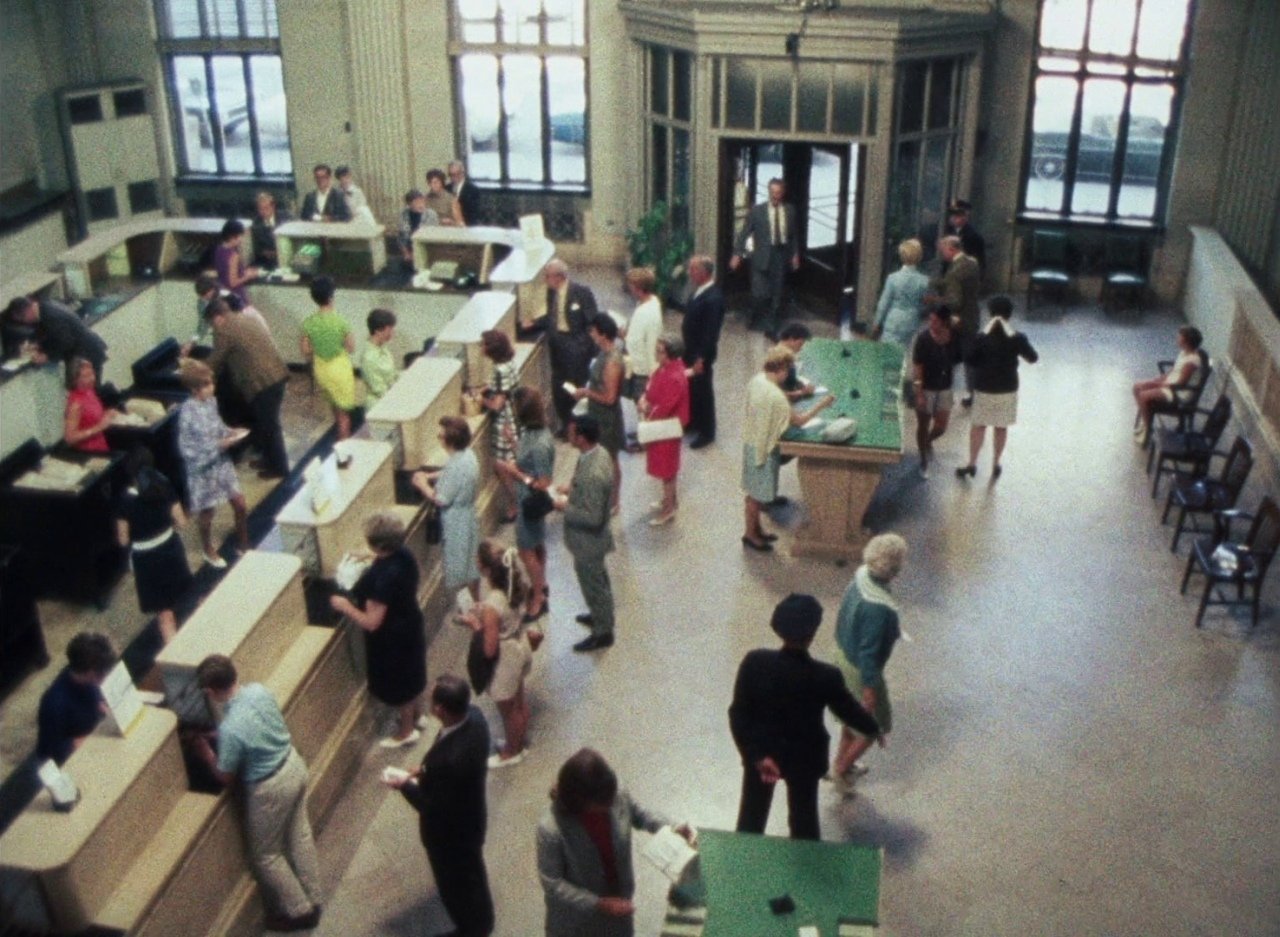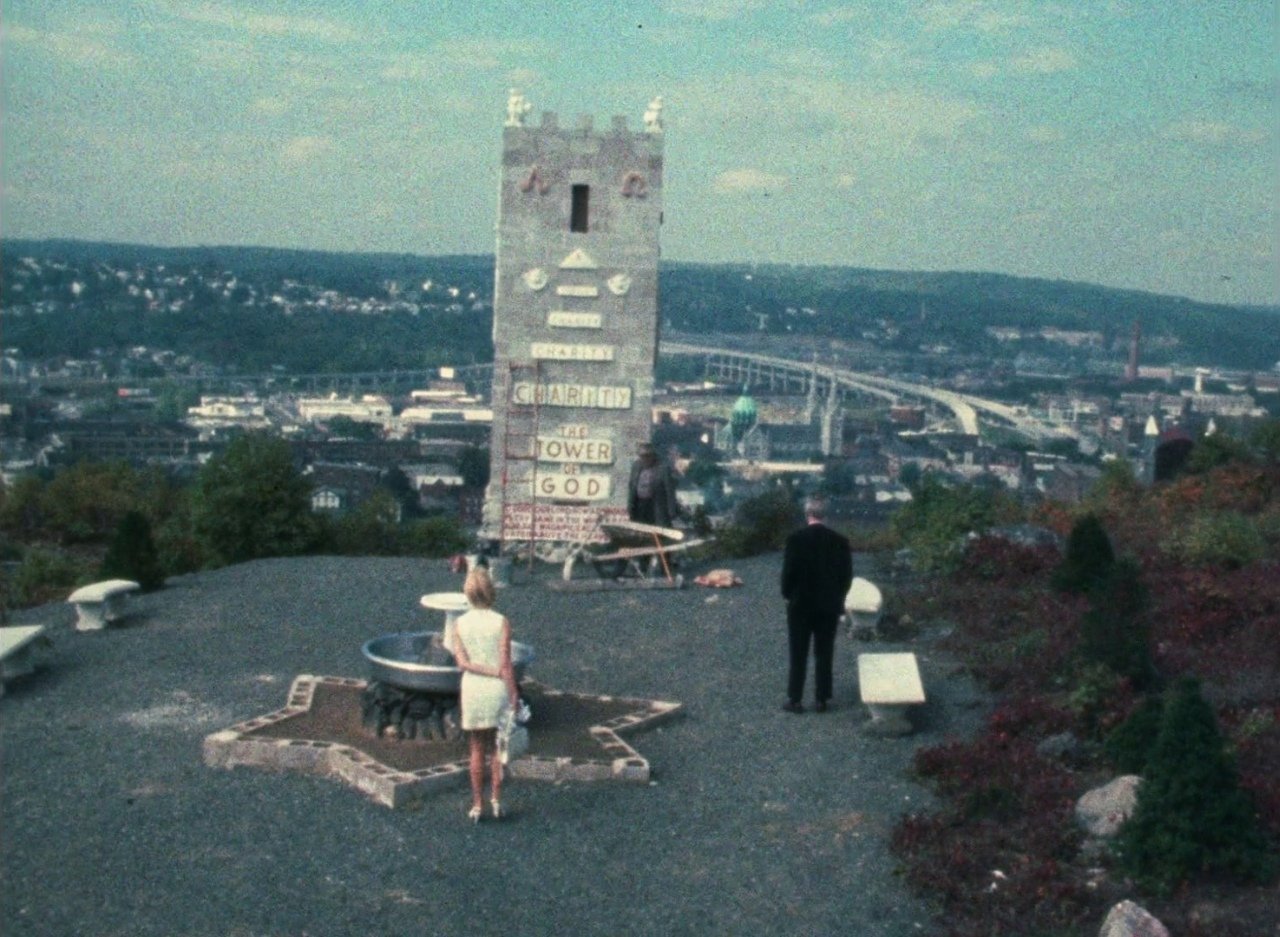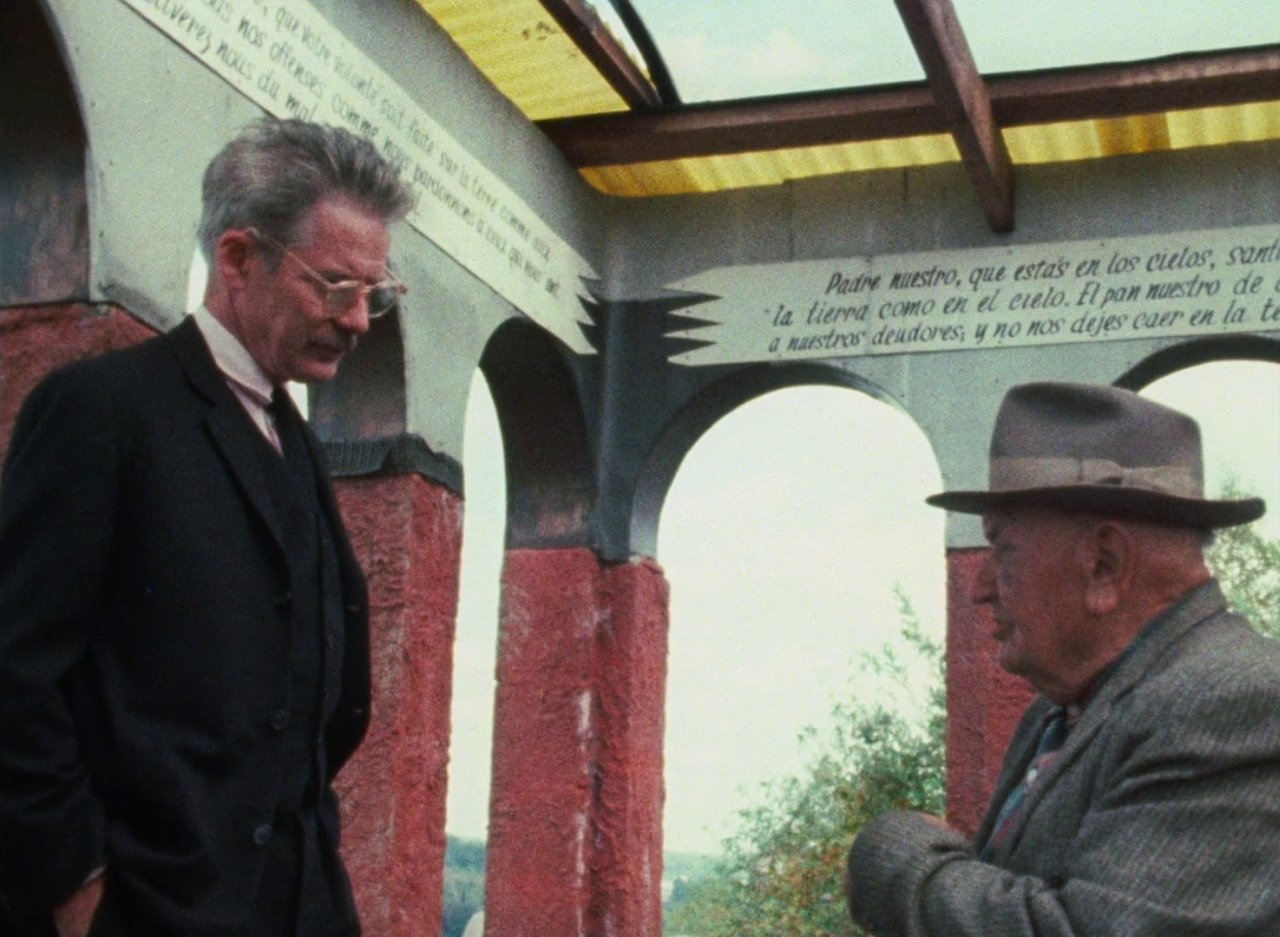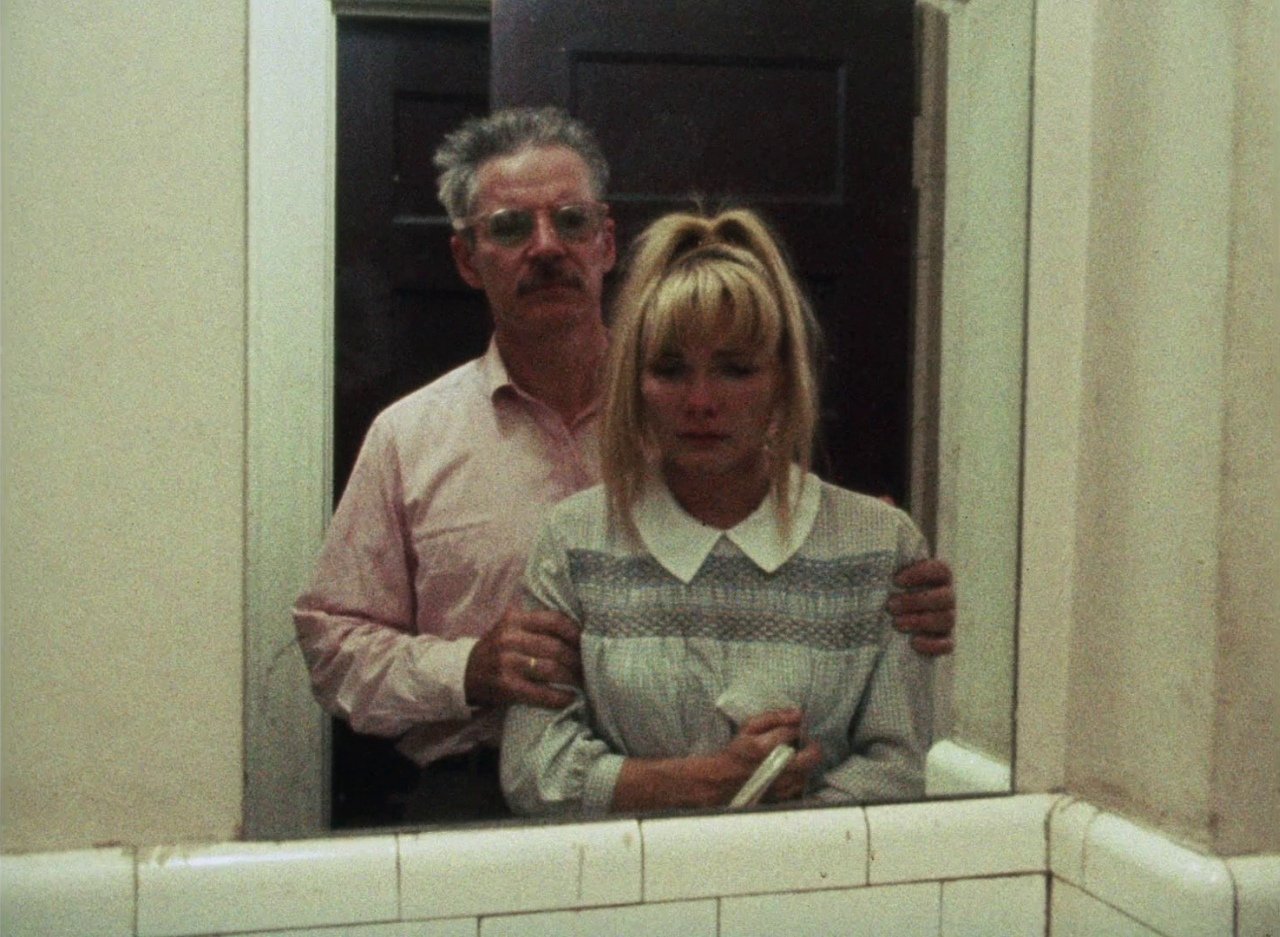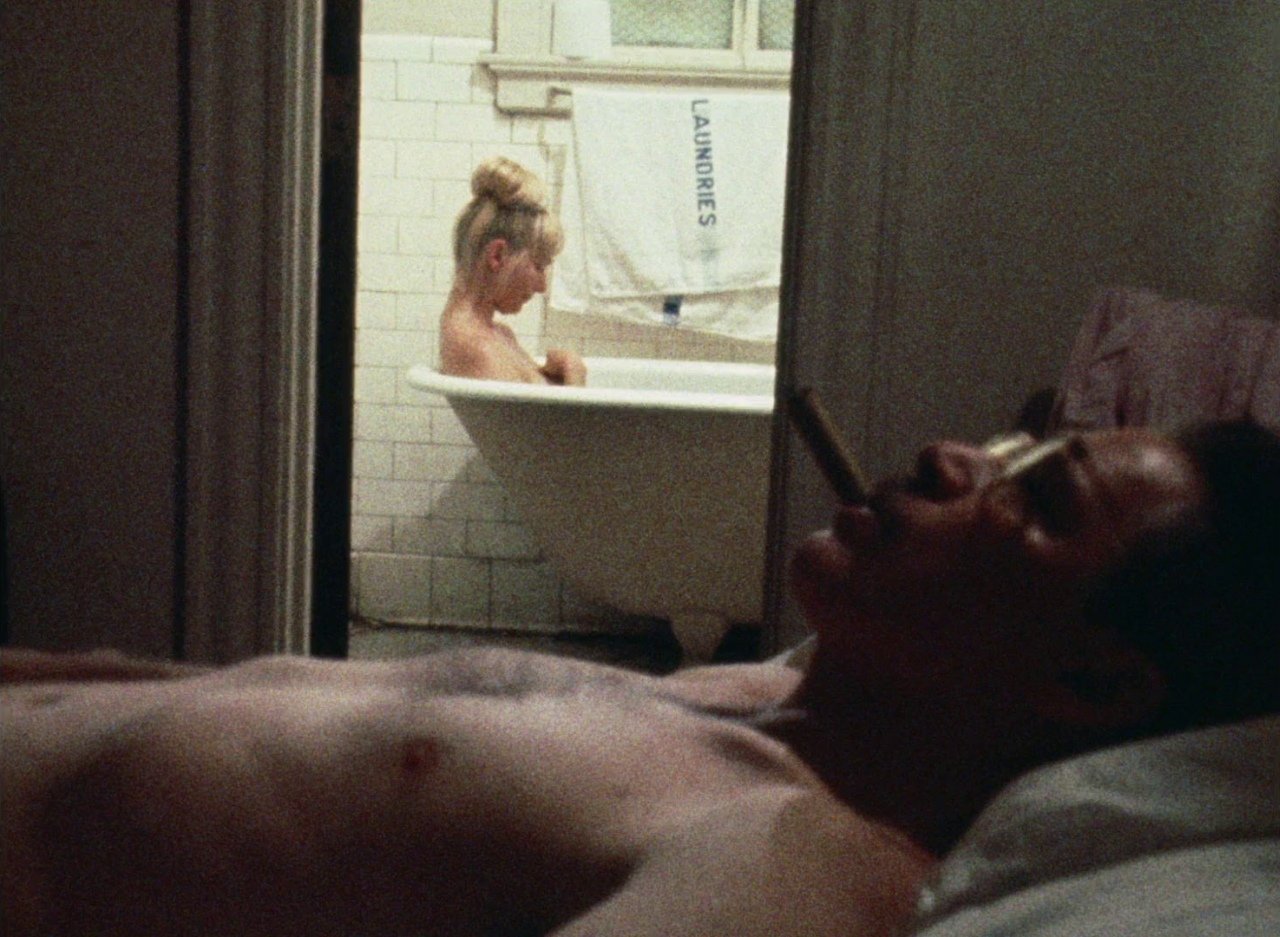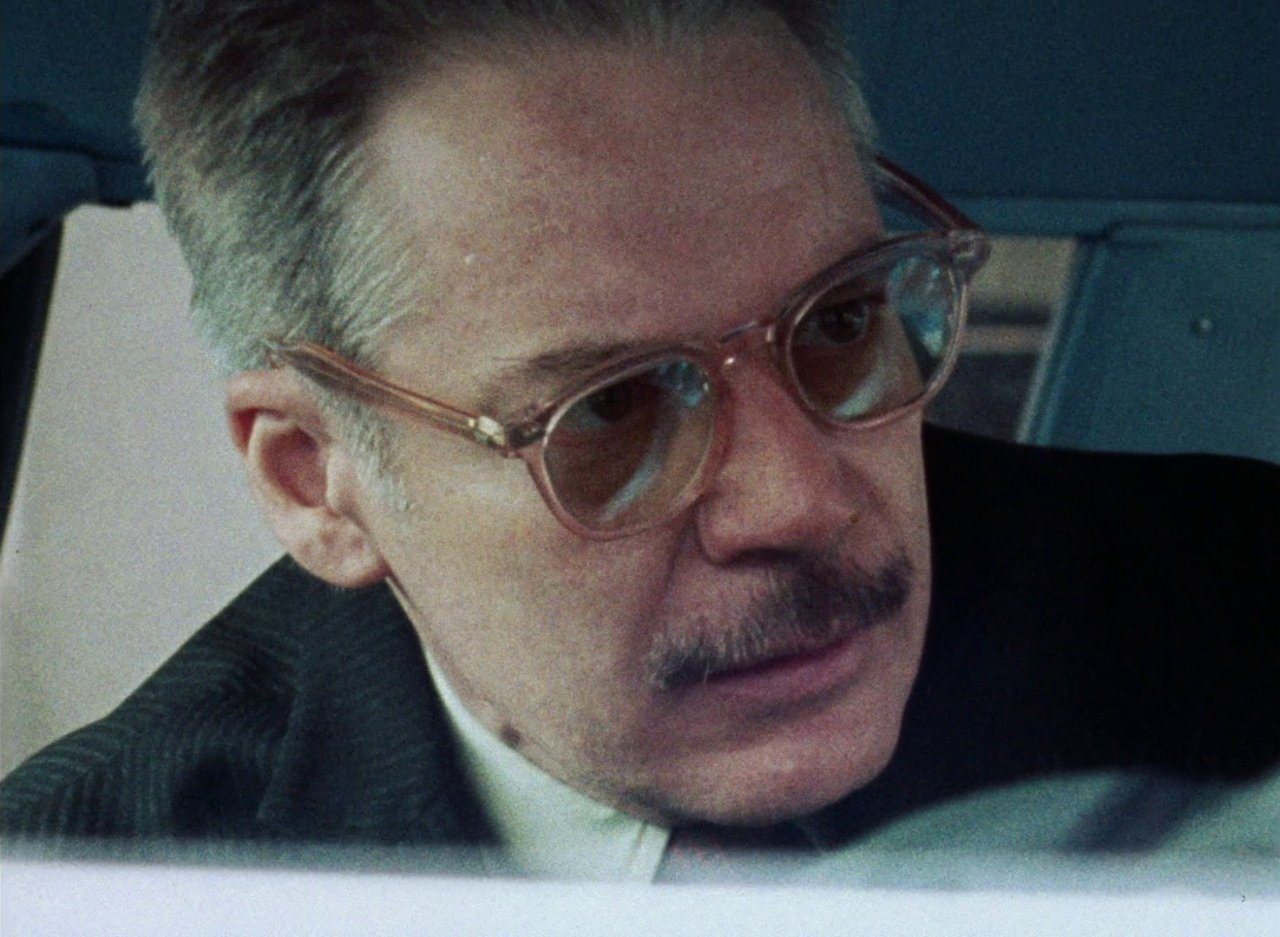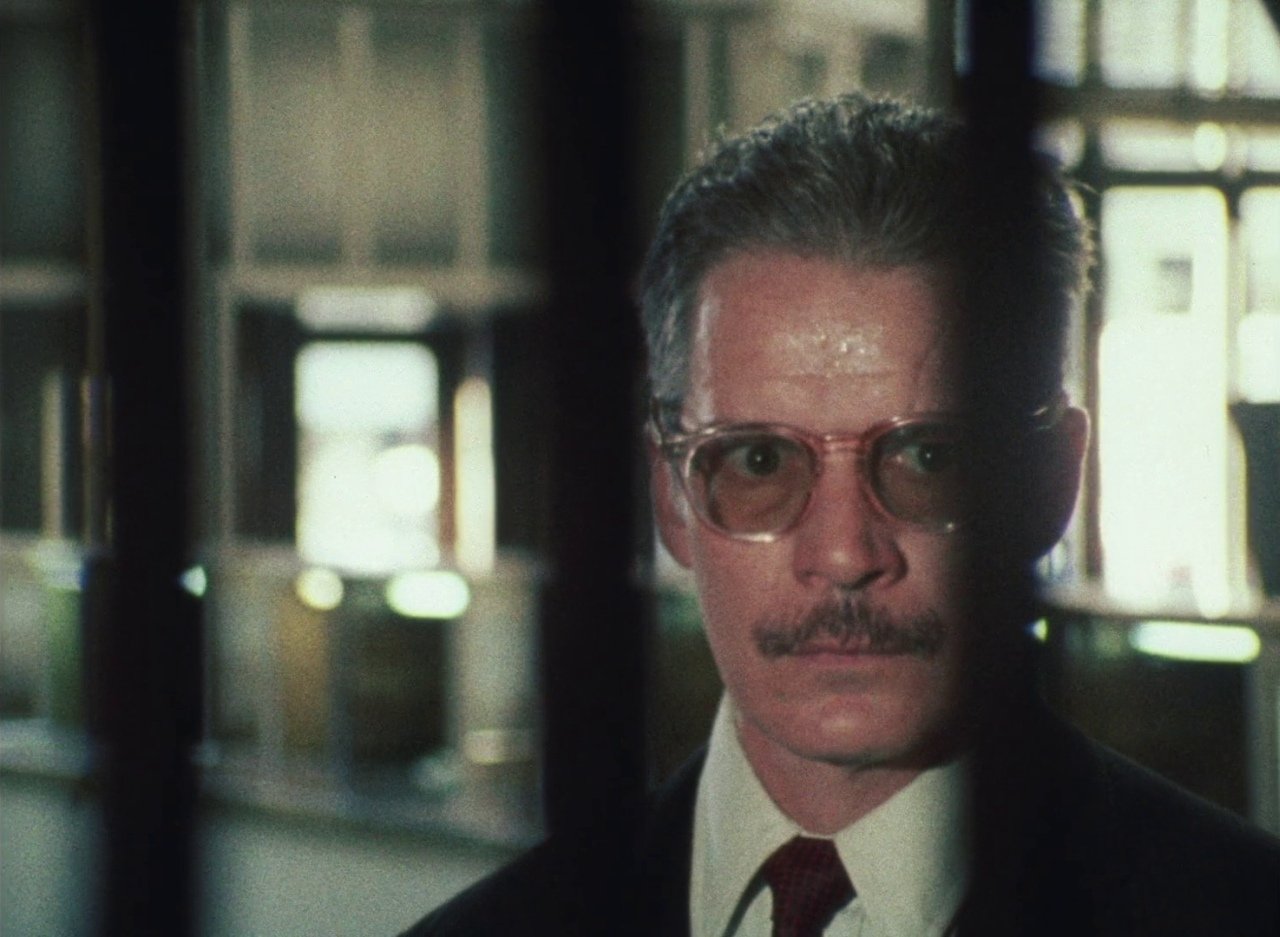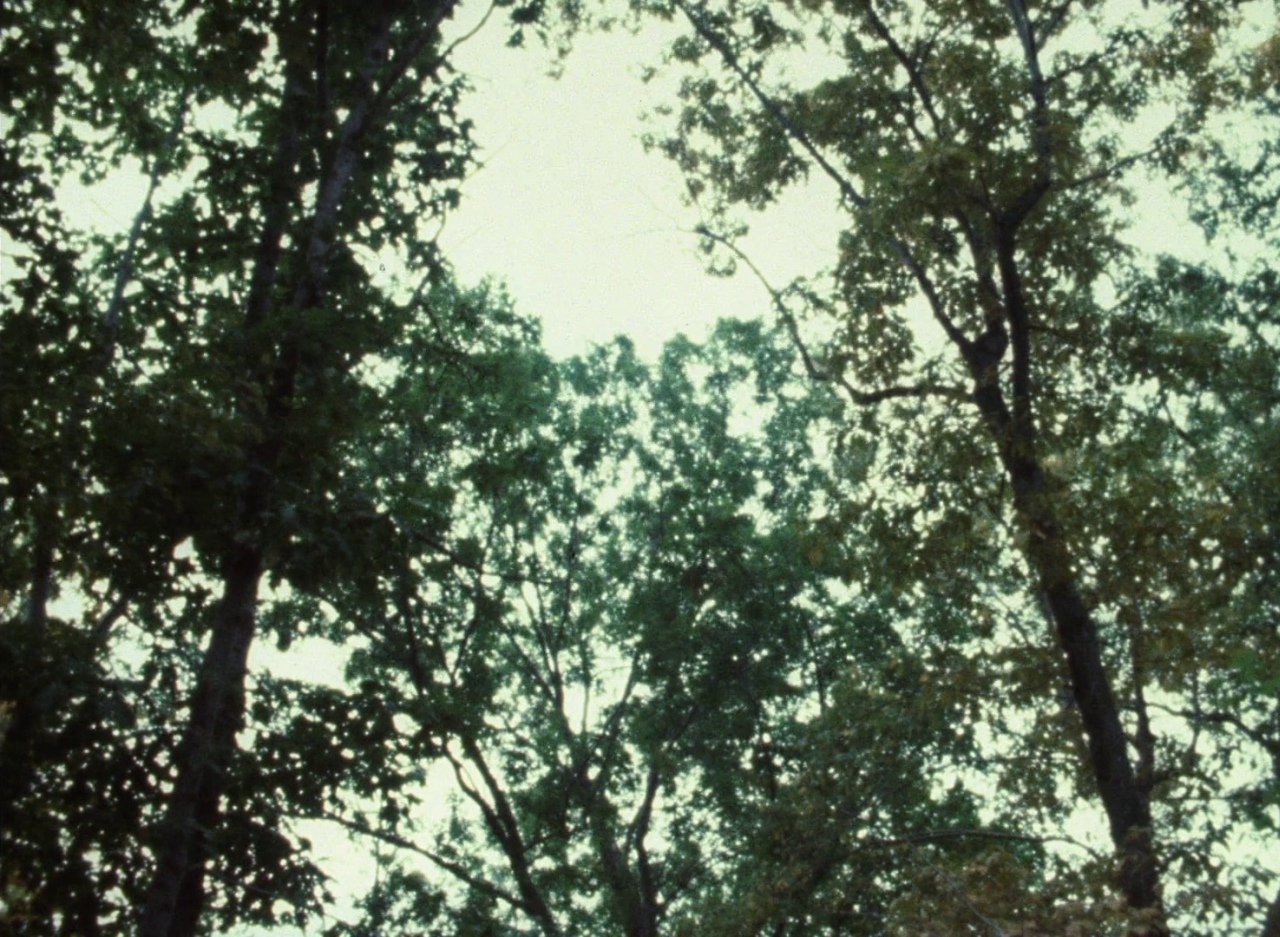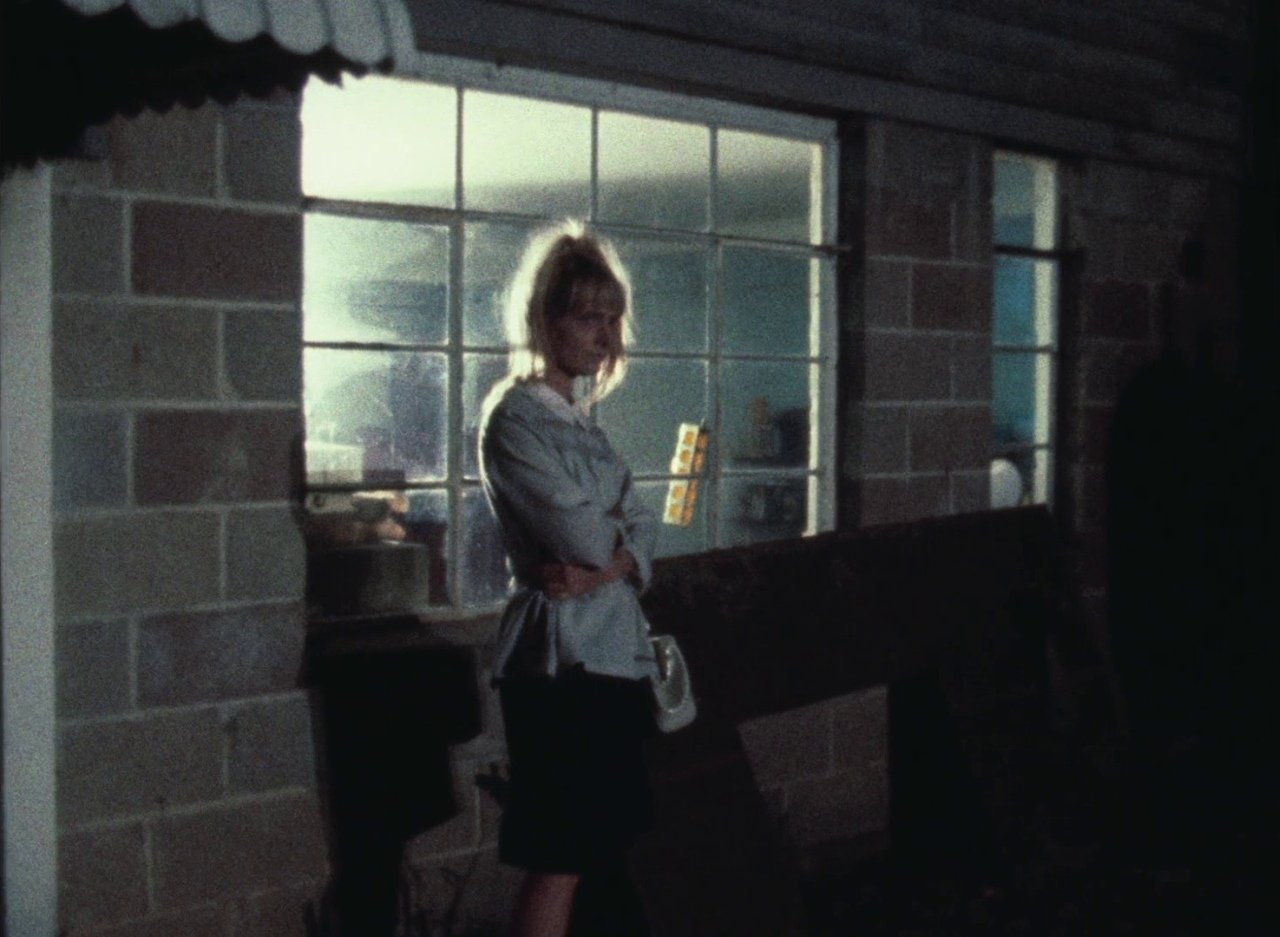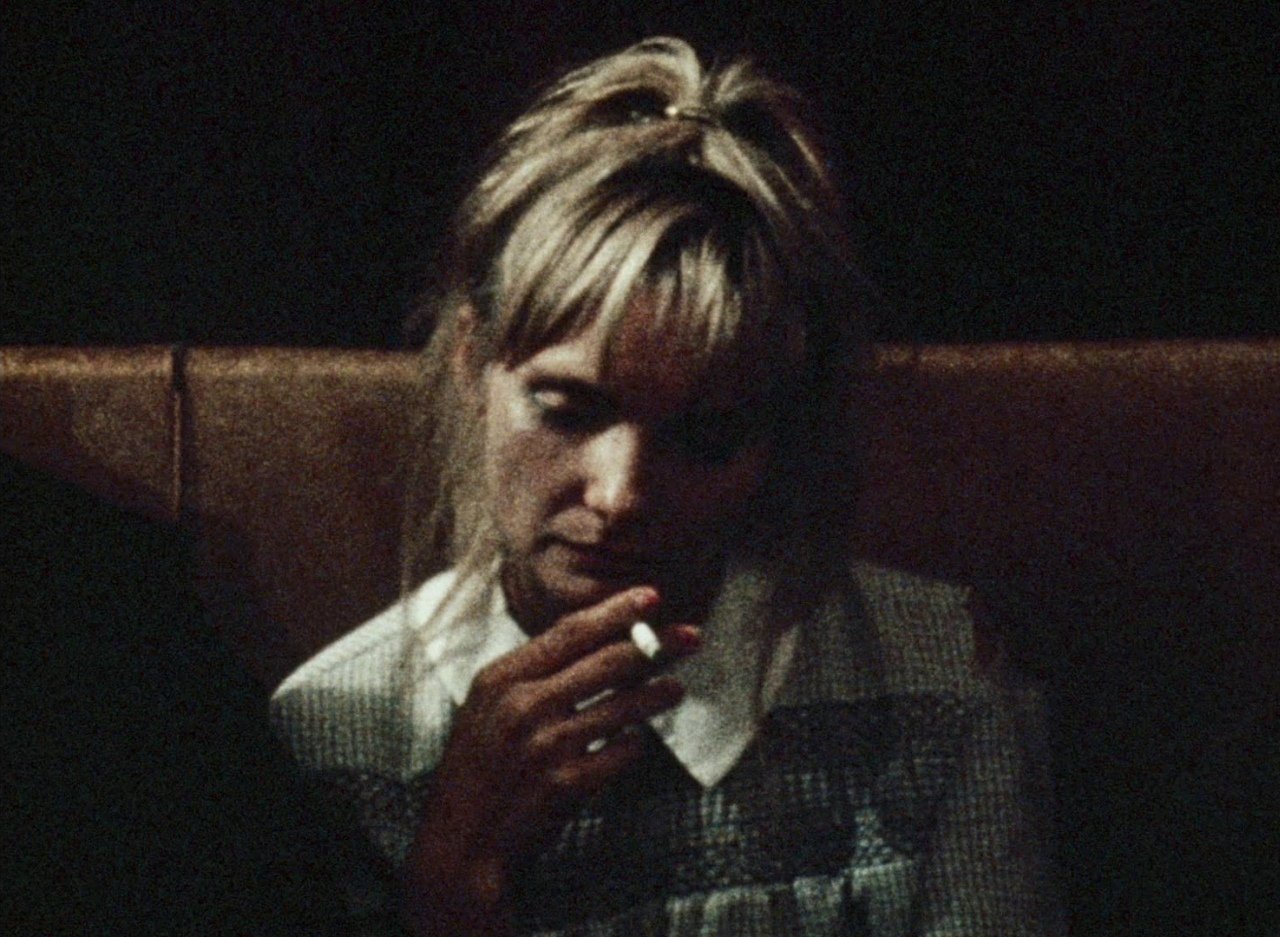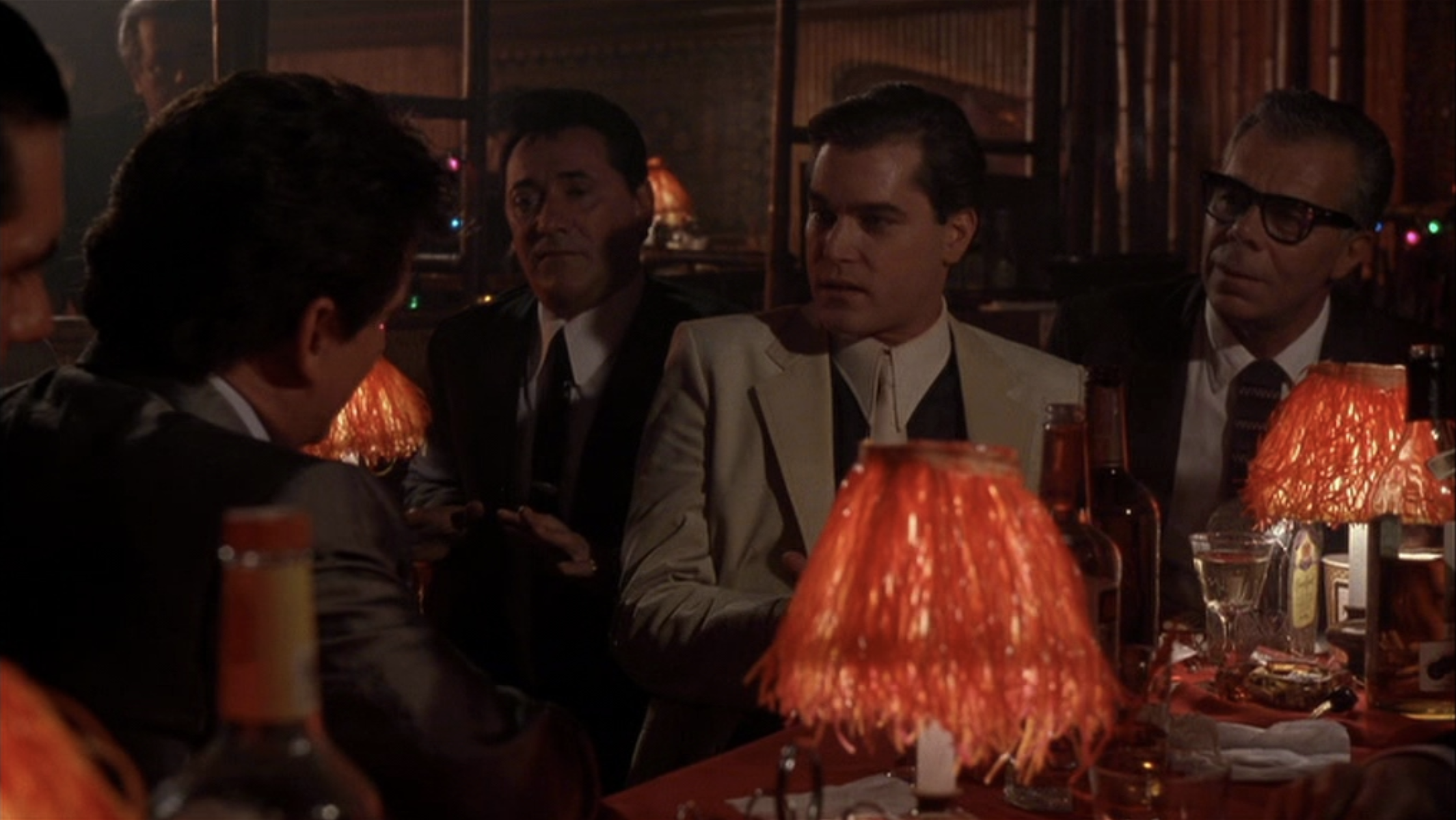Despite being nominated for four editing Academy Awards, The New York Times overlooked Dorothy Spencer. When she died in 2002, the Times failed to note her passing. But as part of its Overlooked series, the newspaper has made amends, publishing an obituary about the woman who edited Stagecoach (1939), Decision Before Dawn (1951), Cleopatra (1963) and Earthquake (1974).
Born in 1909, Spencer began working as junior employee at a film lab while still a teenager. During the silent era, she worked as an assistant editor. In 1937, she cut ten films in single year. While editing Stagecoach, she chose to break the 180-degree rule, which argues that to avoid confusing the viewer, the editor must never pivot greater than 180-degrees. during an edit.
“Disorienting and confusing the audience, it created a closer bond between viewers and the characters in the stagecoach, who are themselves thoroughly disoriented and confused. So, rather than compromising the cinematic experience, this deliberate breaking of the 180-degree rule actually intensified it.”
Spencer also edited Alfred Hitchcock’s Lifeboat (1944) and Valley of the Dolls (1967). For Valley of the Dolls, the Times credits her with using French New Wave techniques: “Patty Duke spits out water in the shower, does a multiple-exposure somersault, exercises on a rowing machine (with the top half and the bottom half of the screen deliberately out of sync) and gets married — a significant plot point, seen only in a black-and-white still photograph.”

